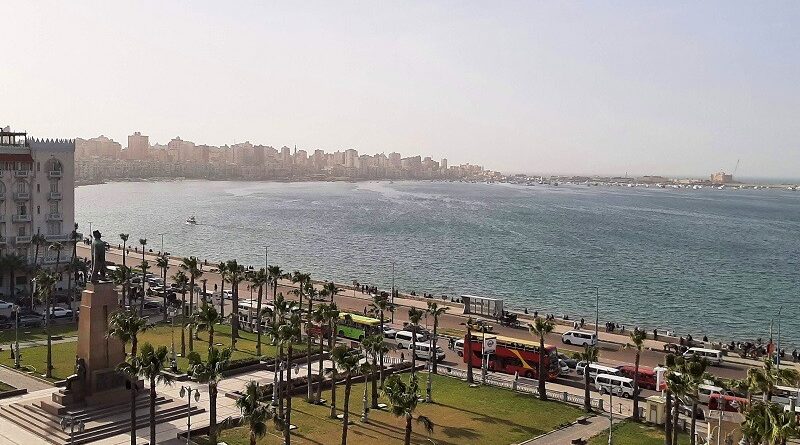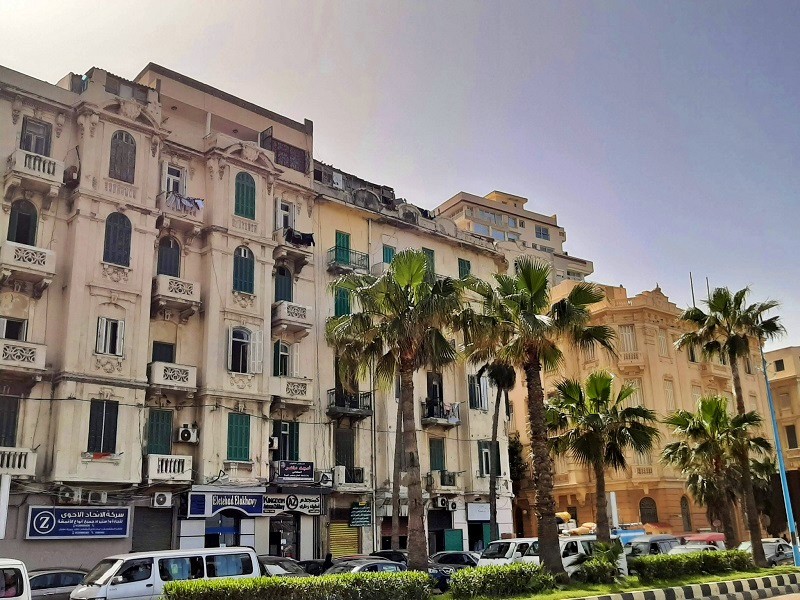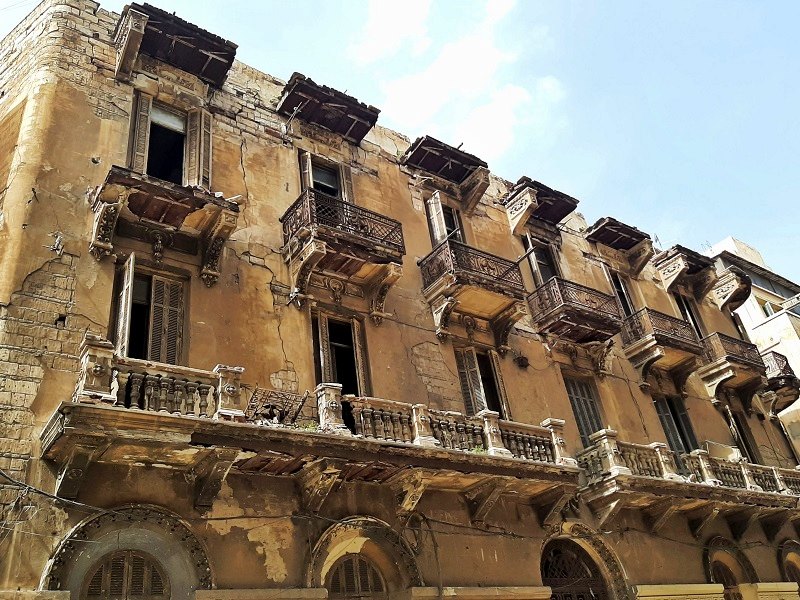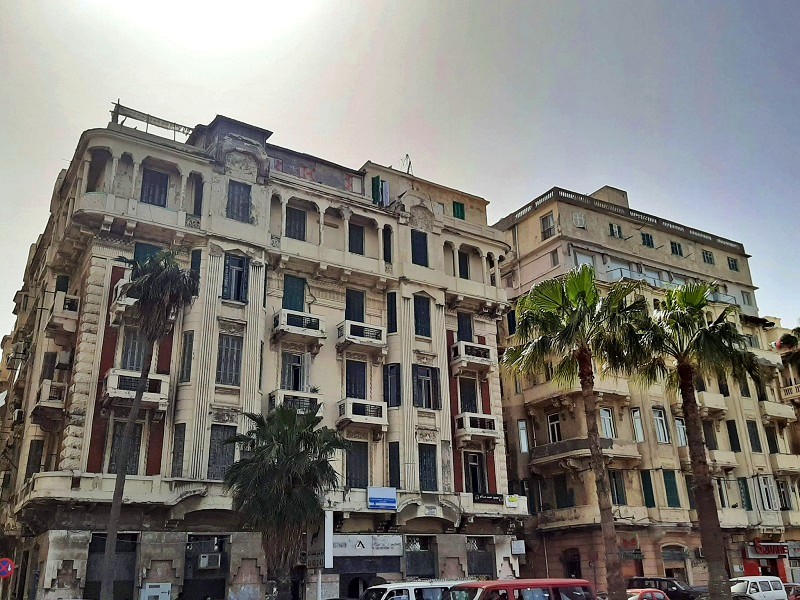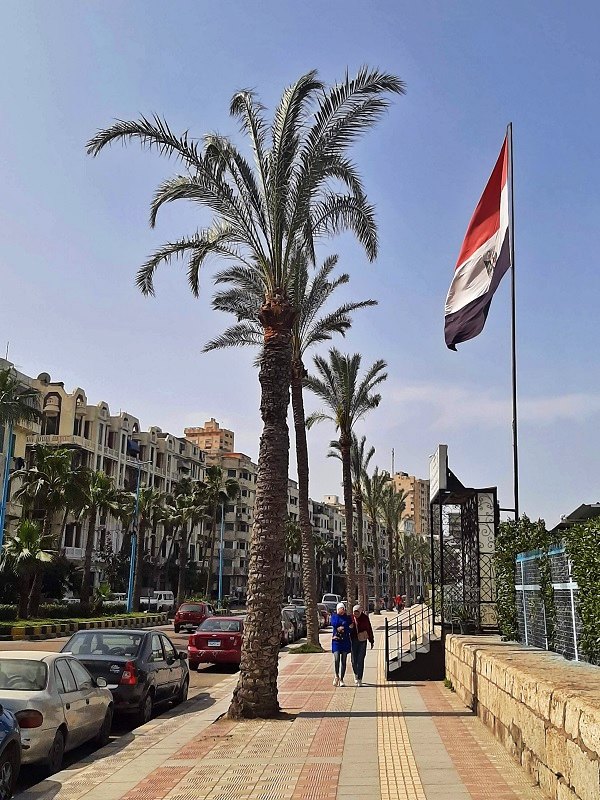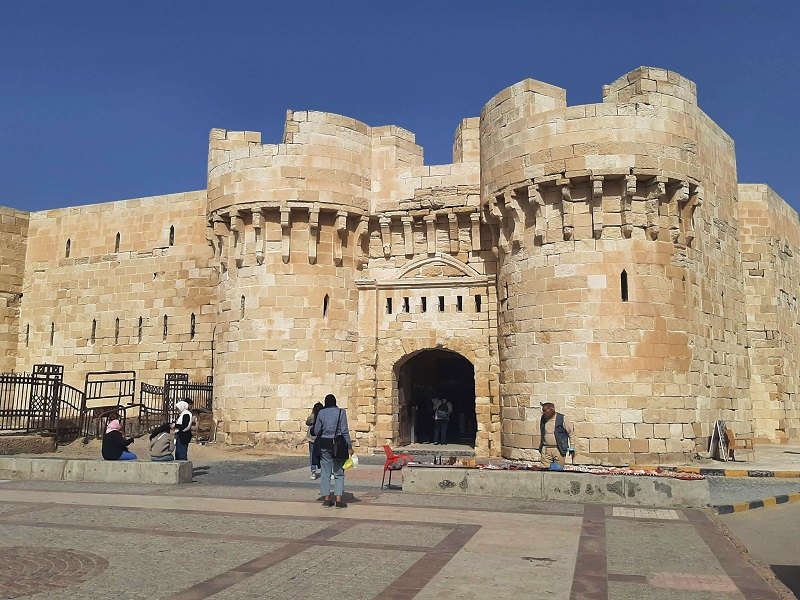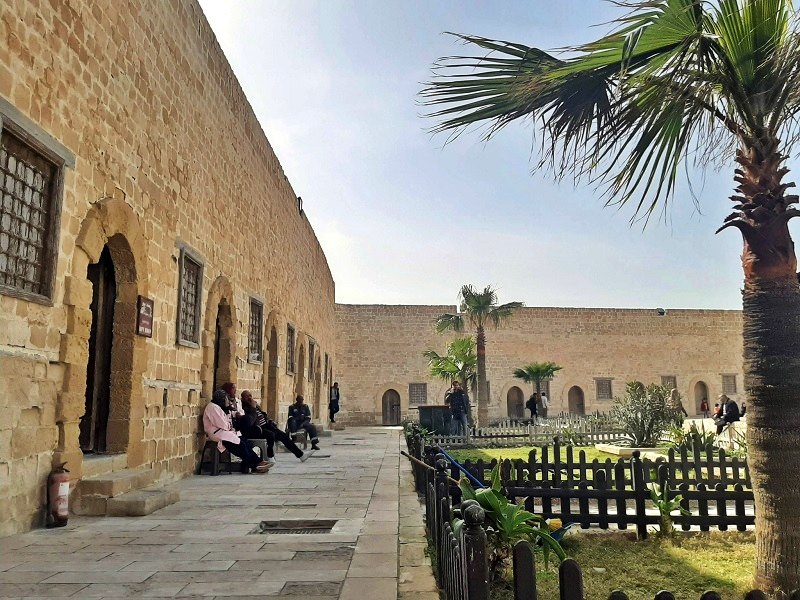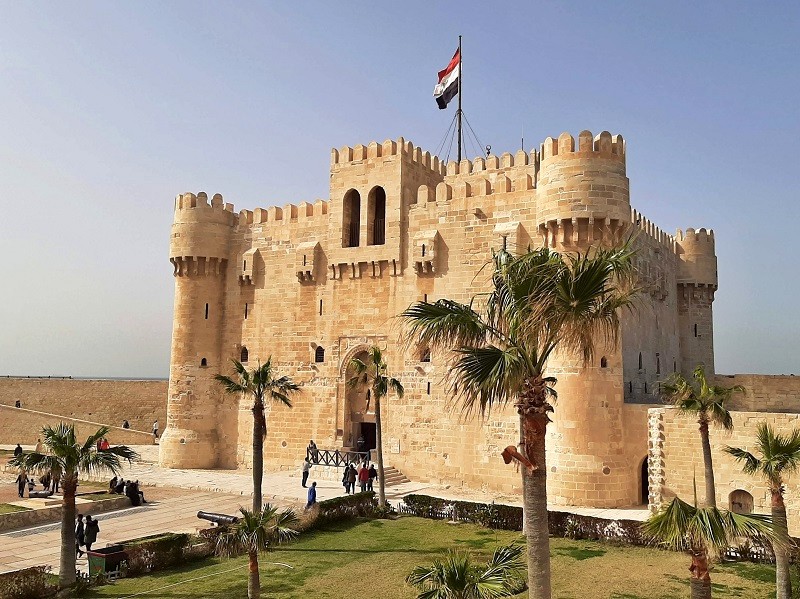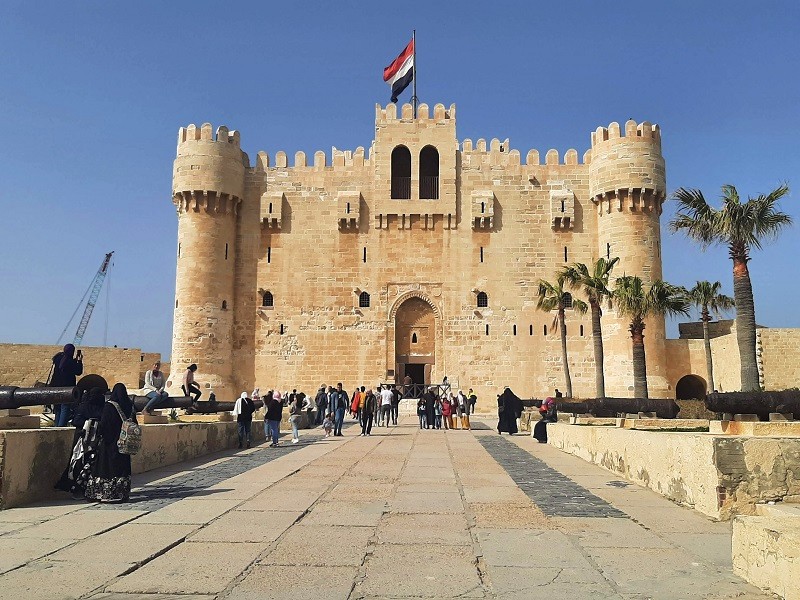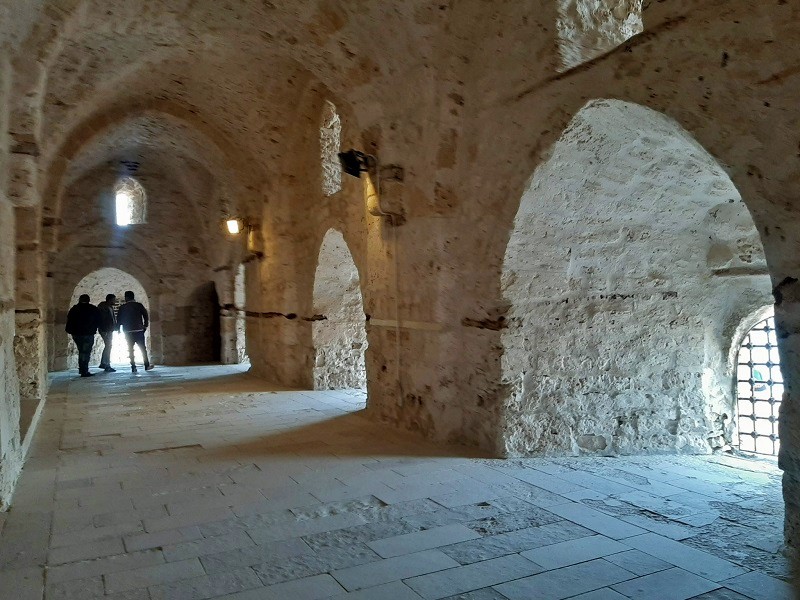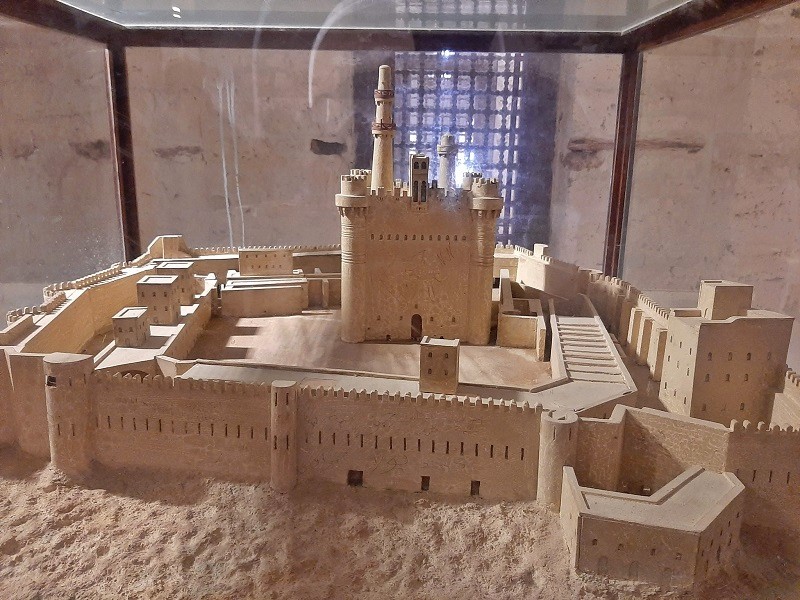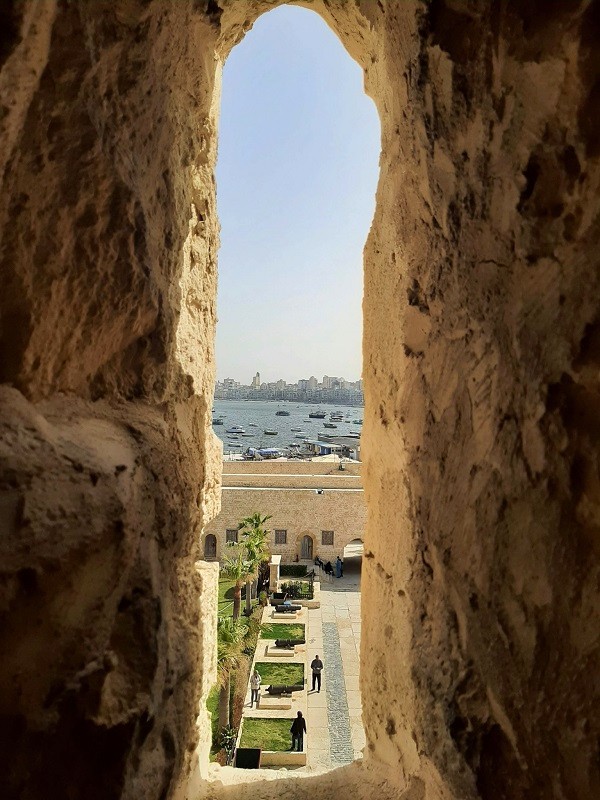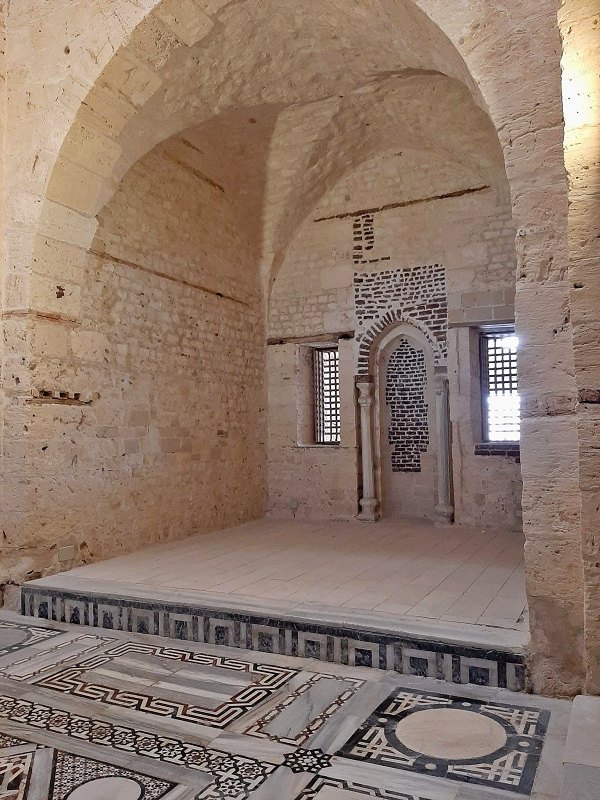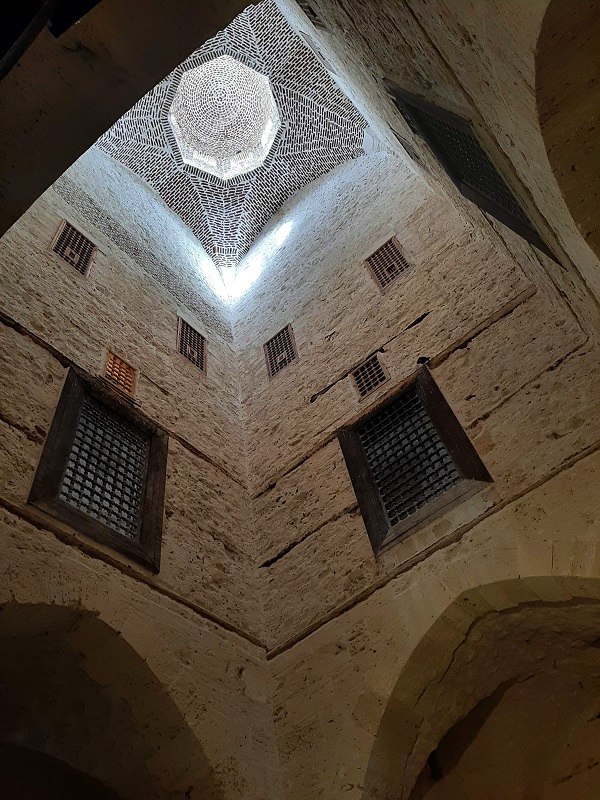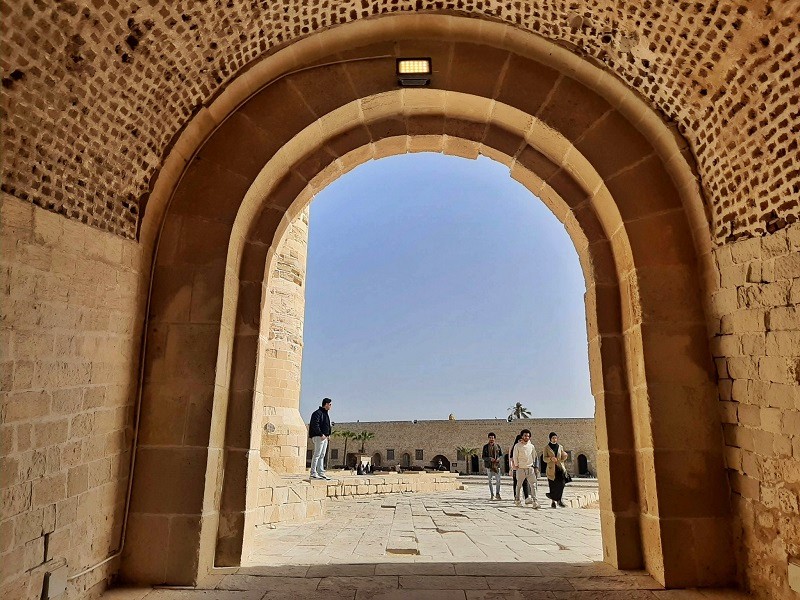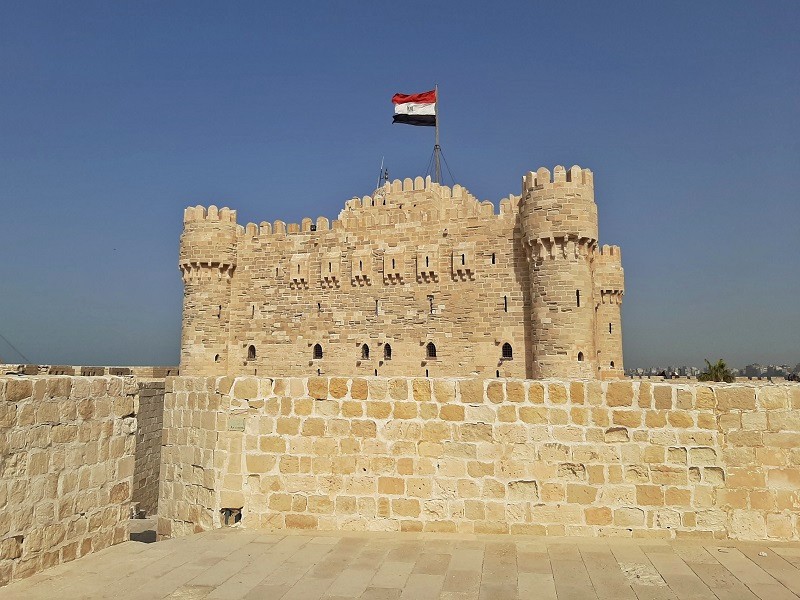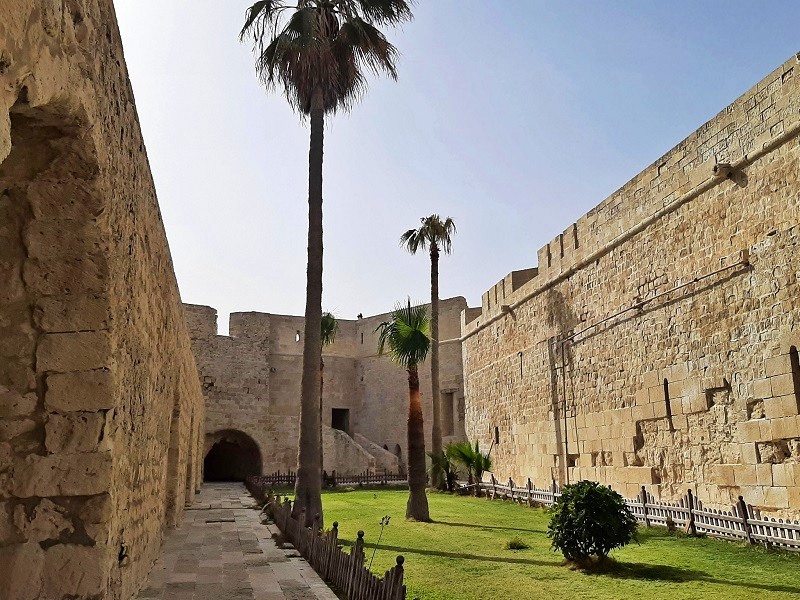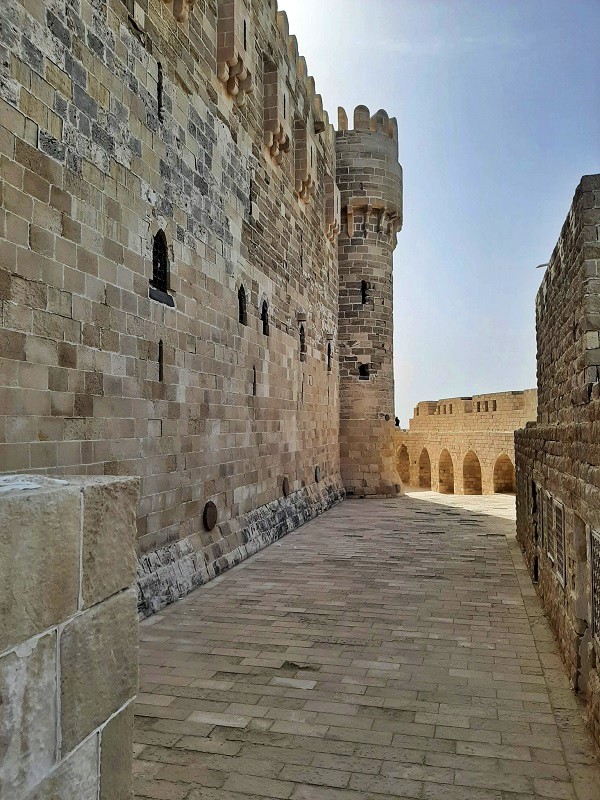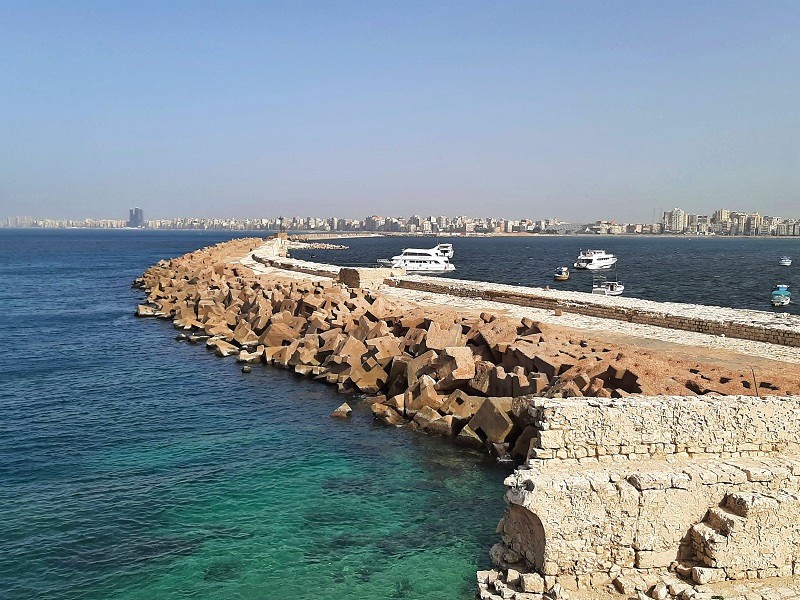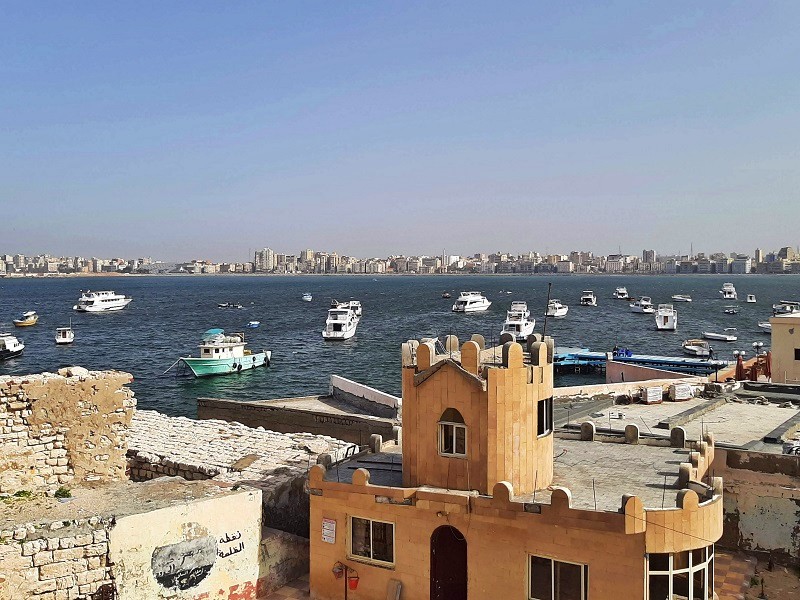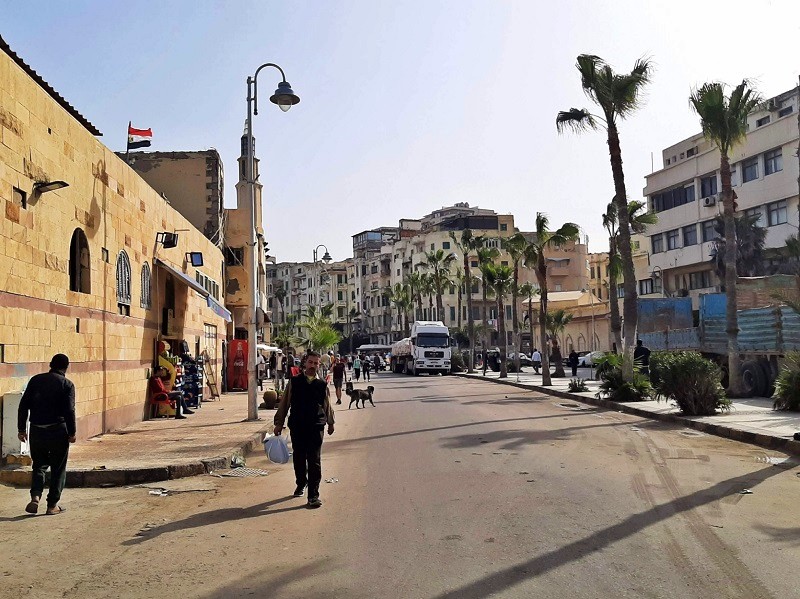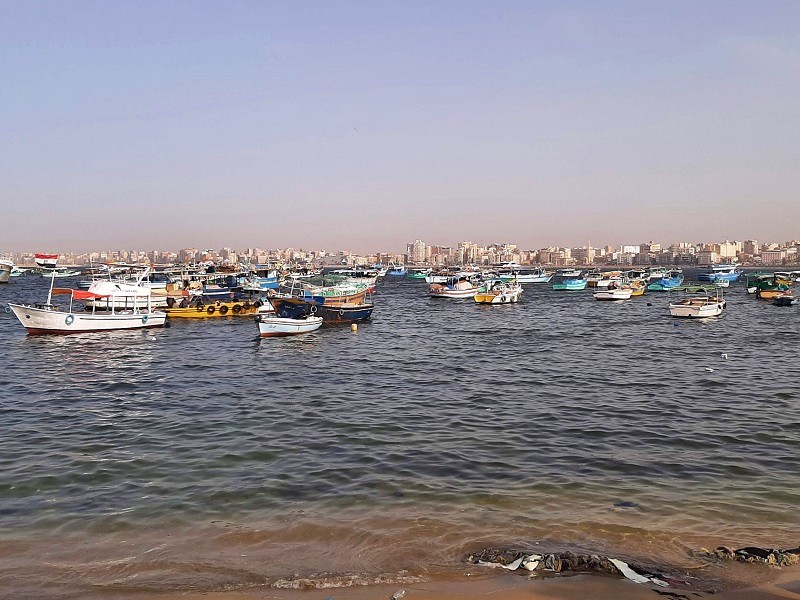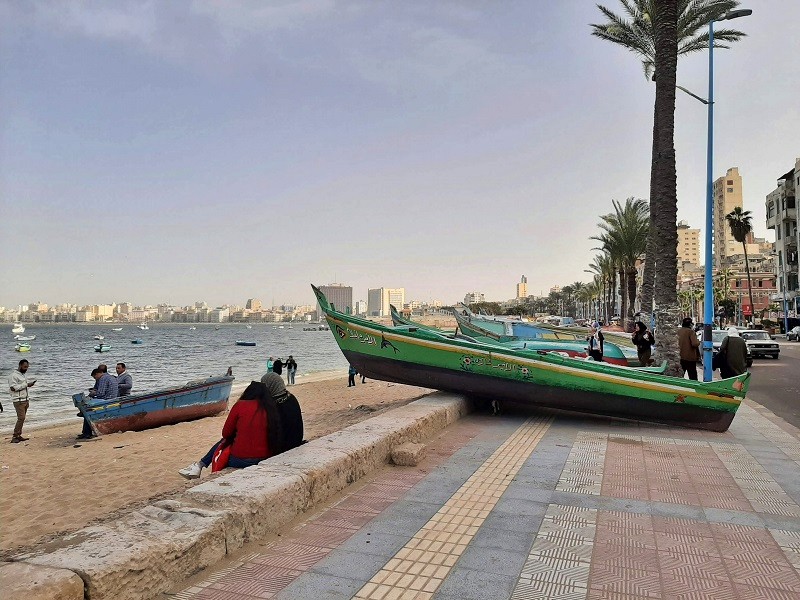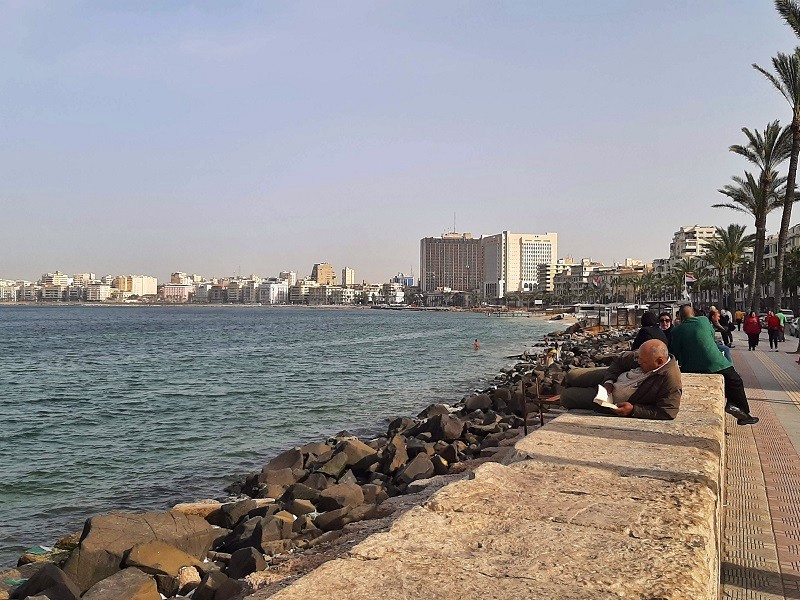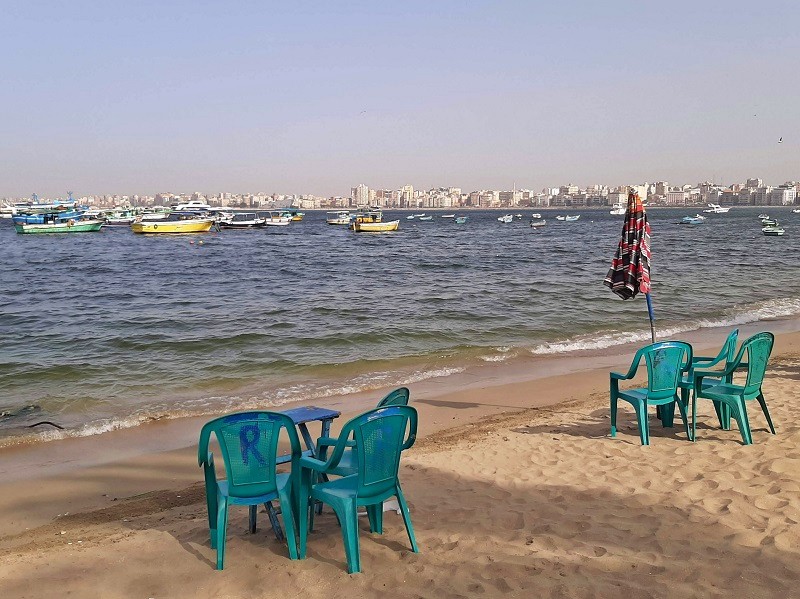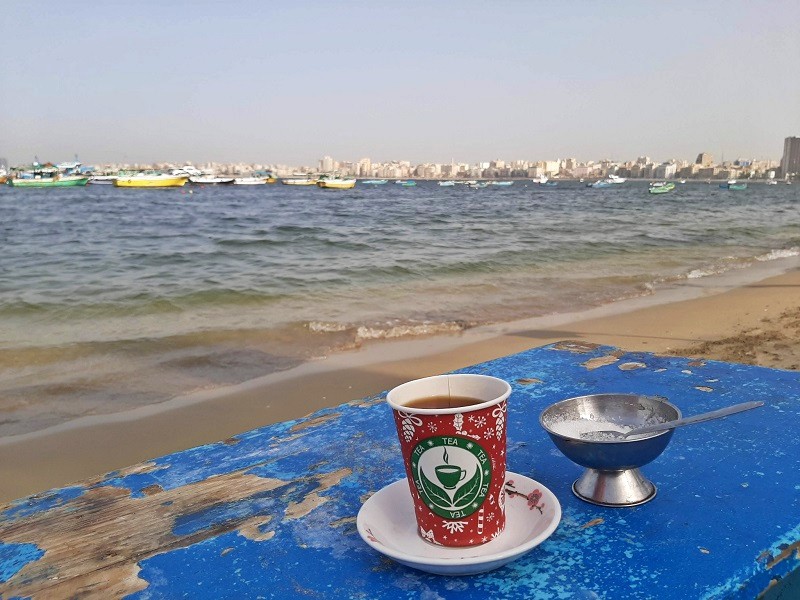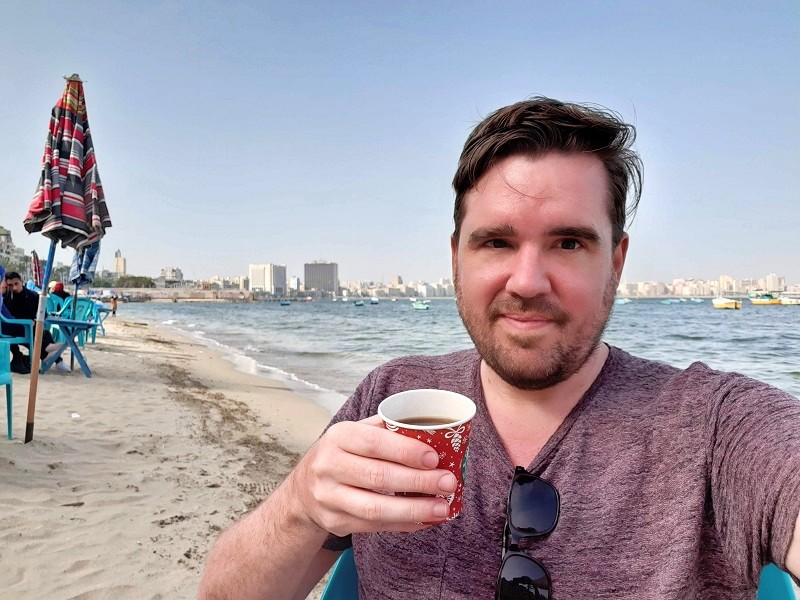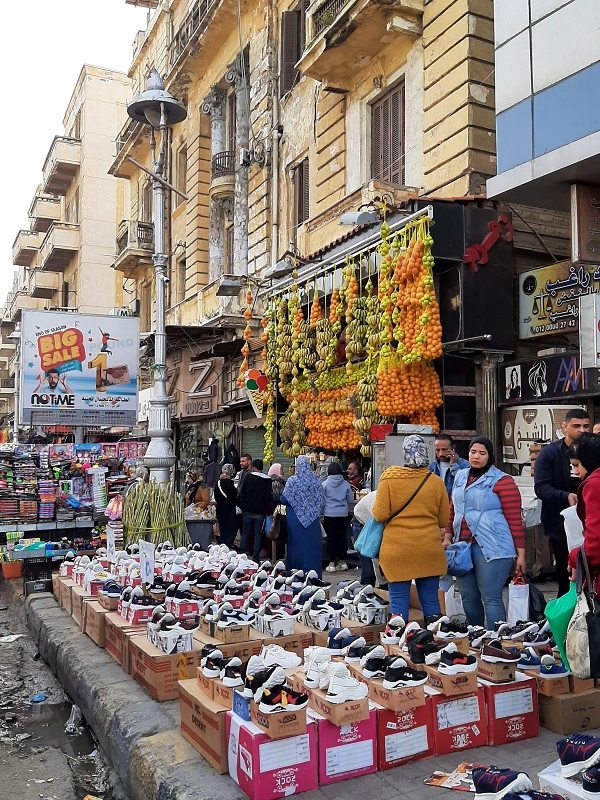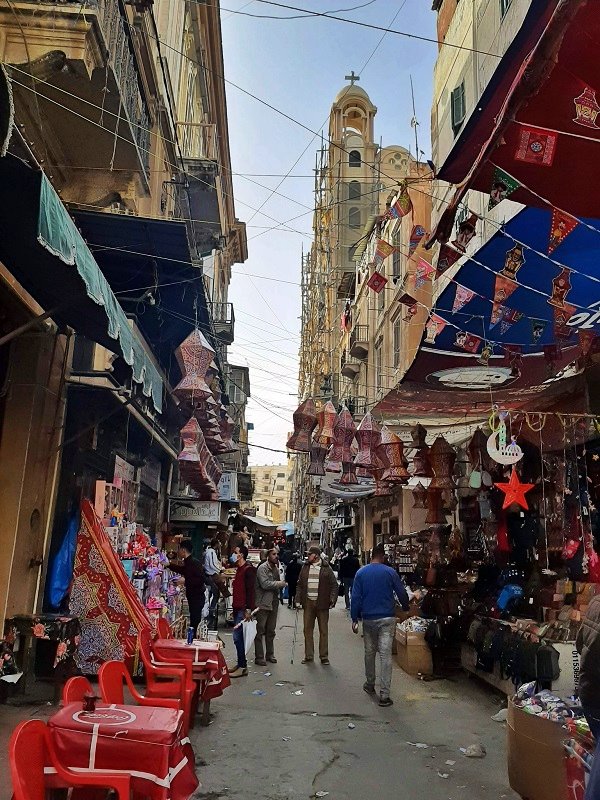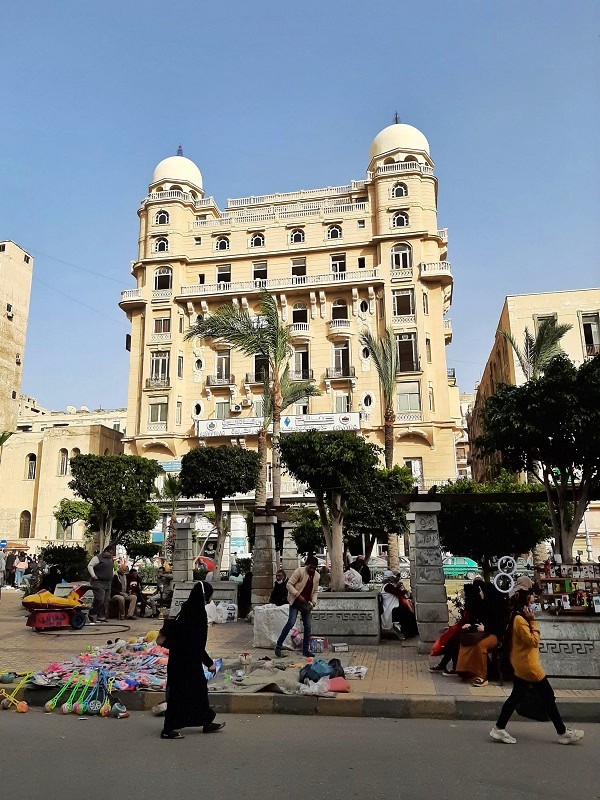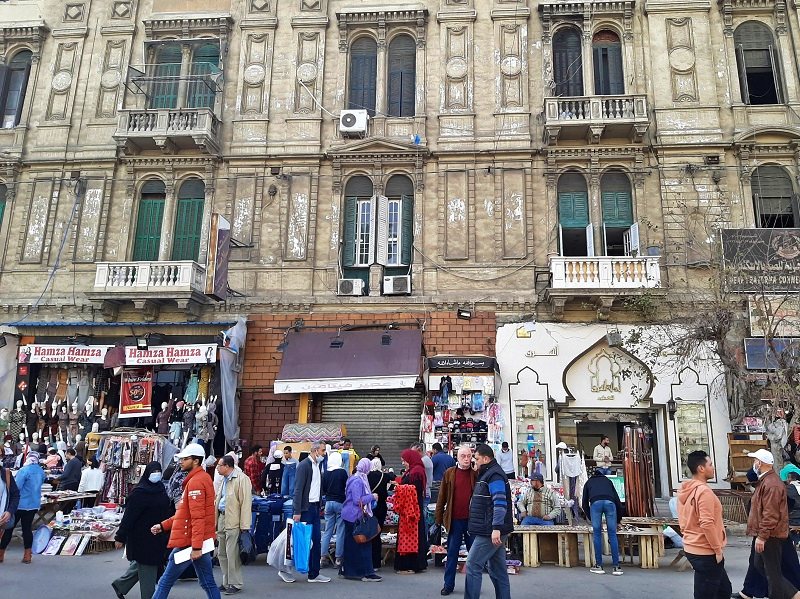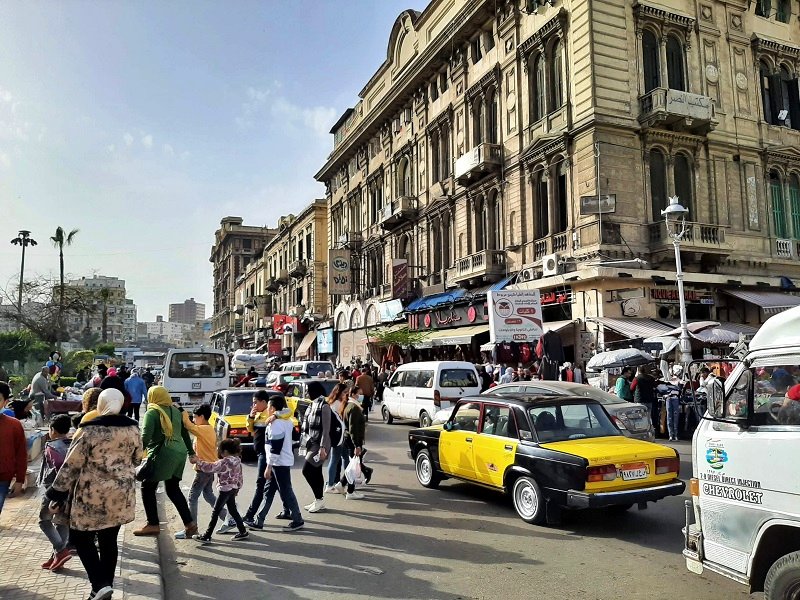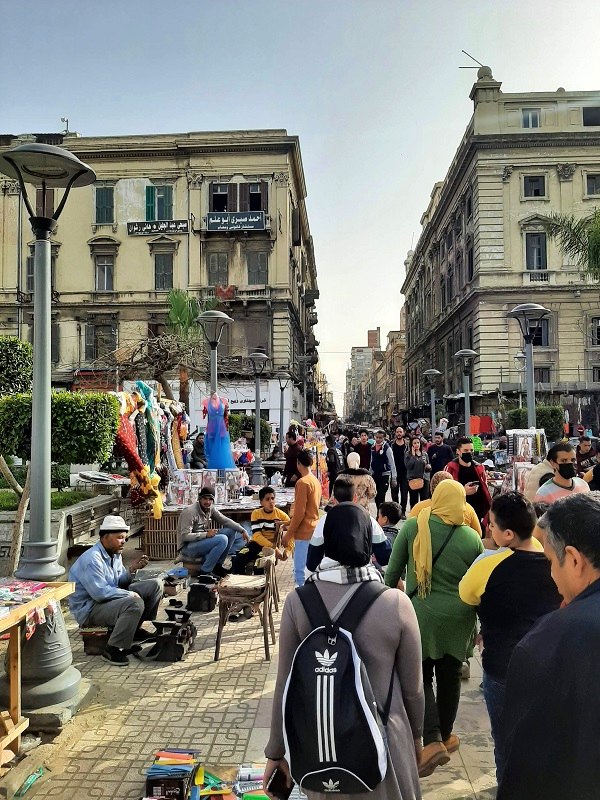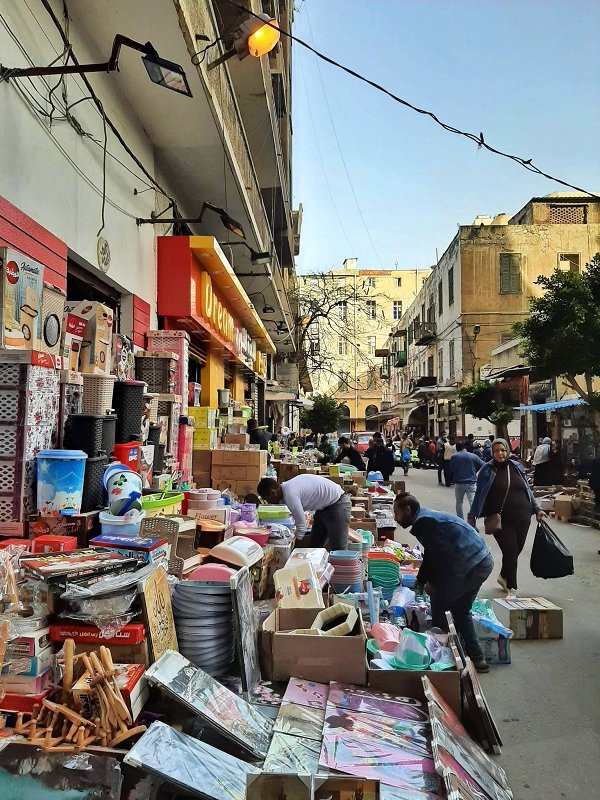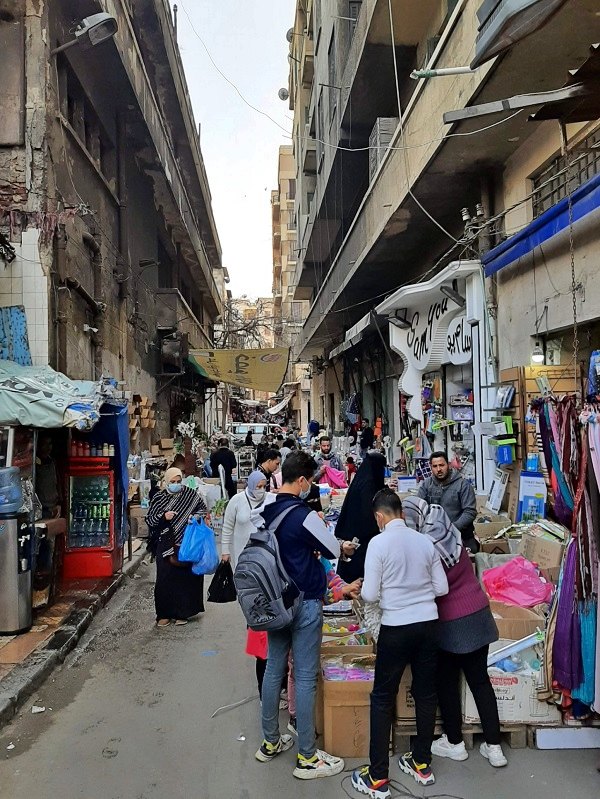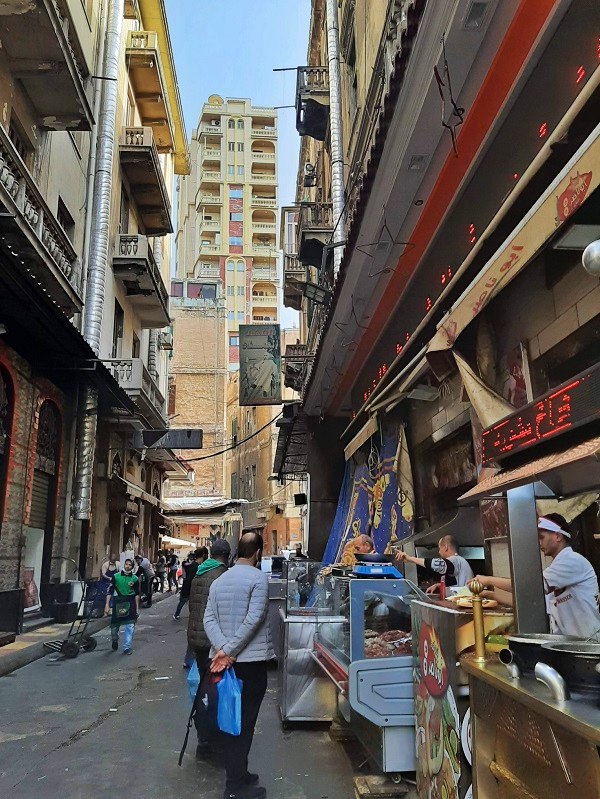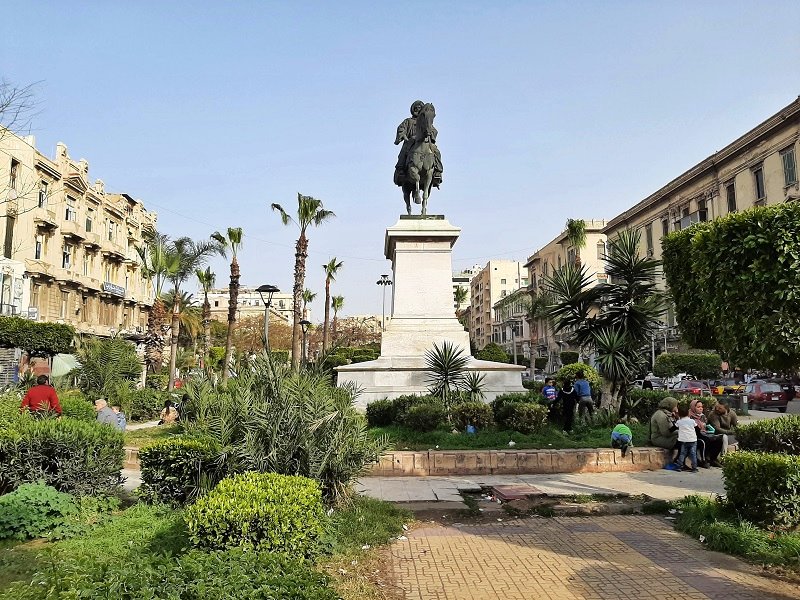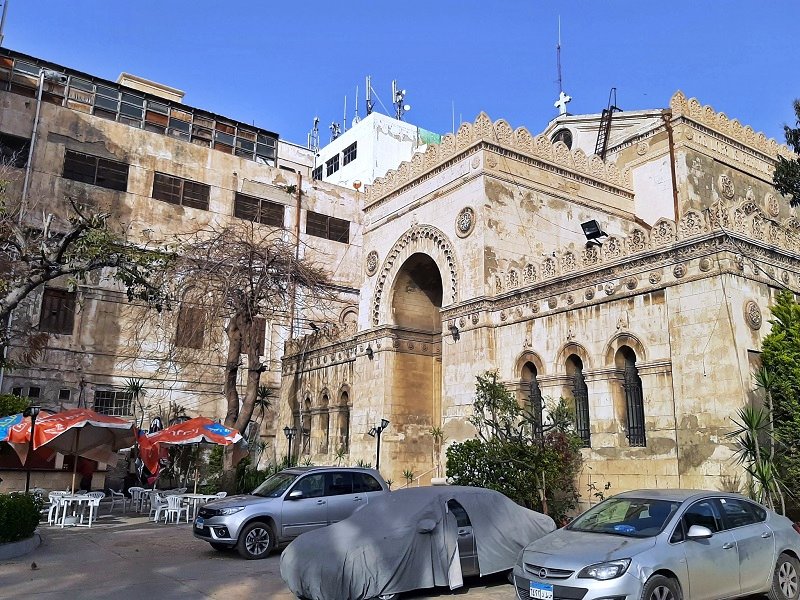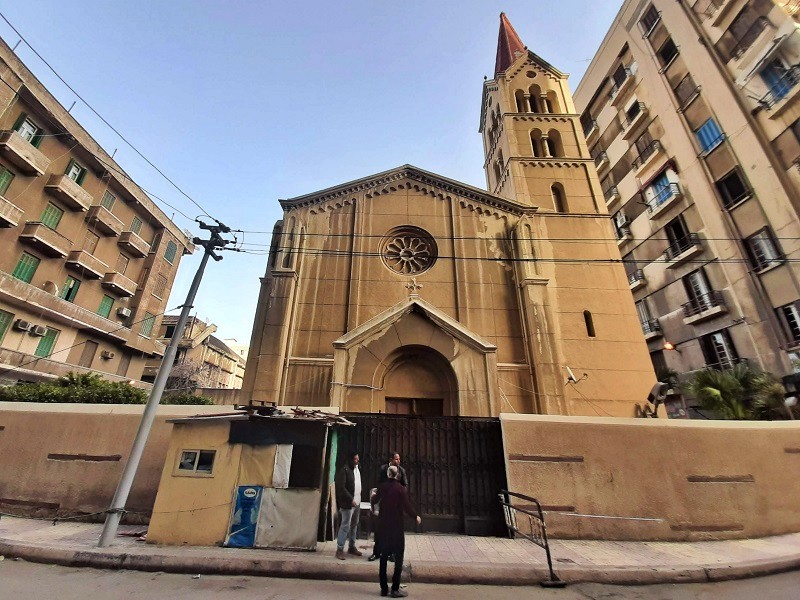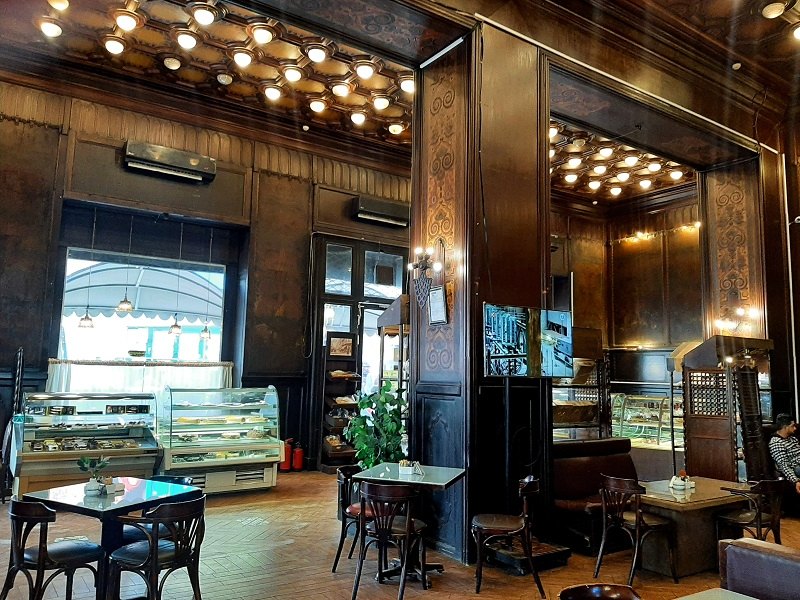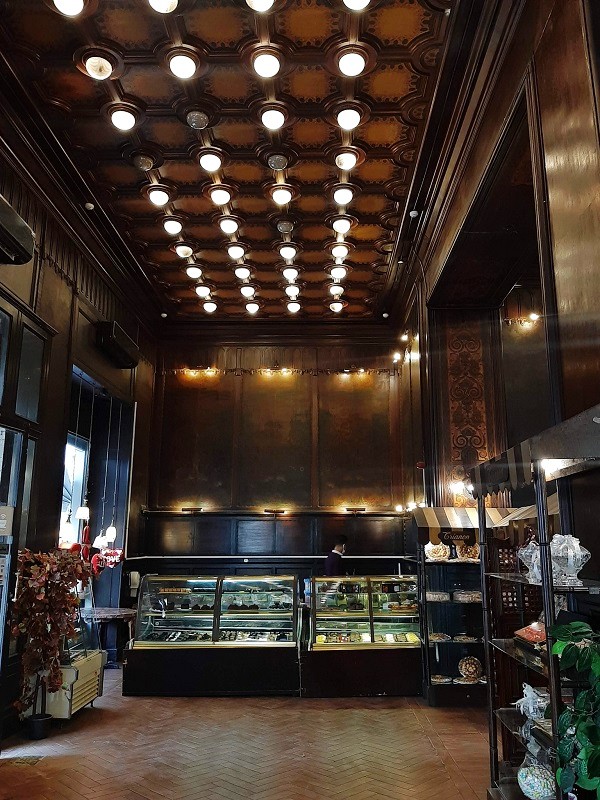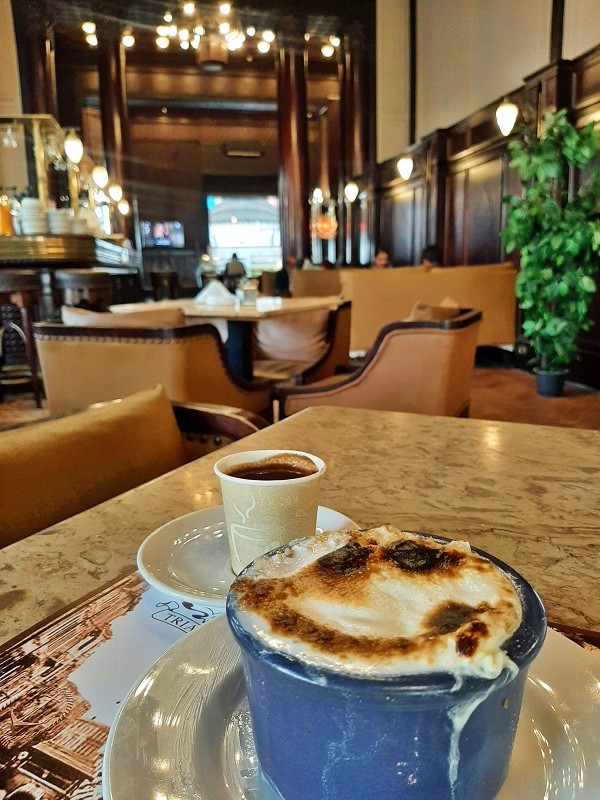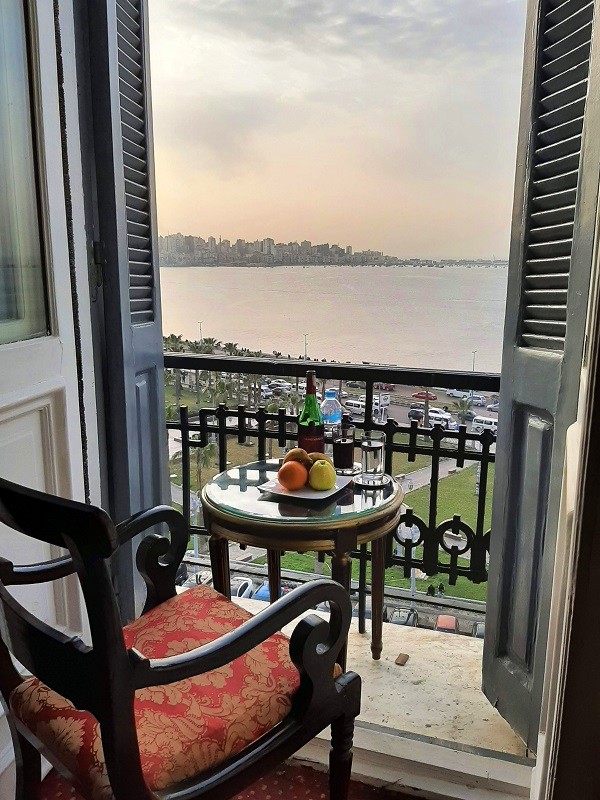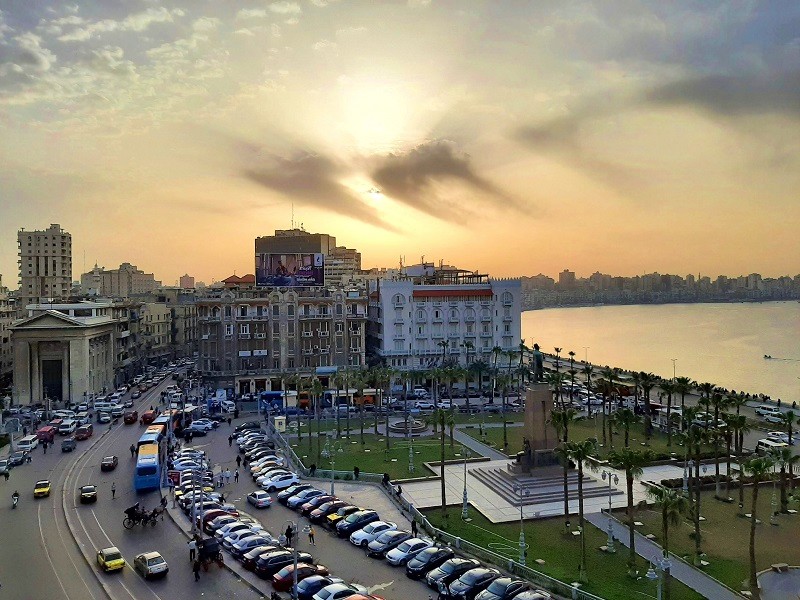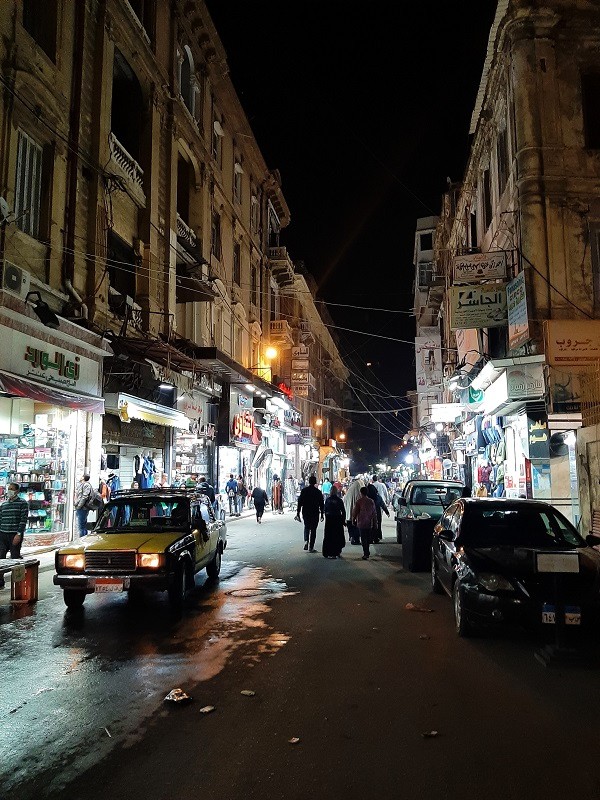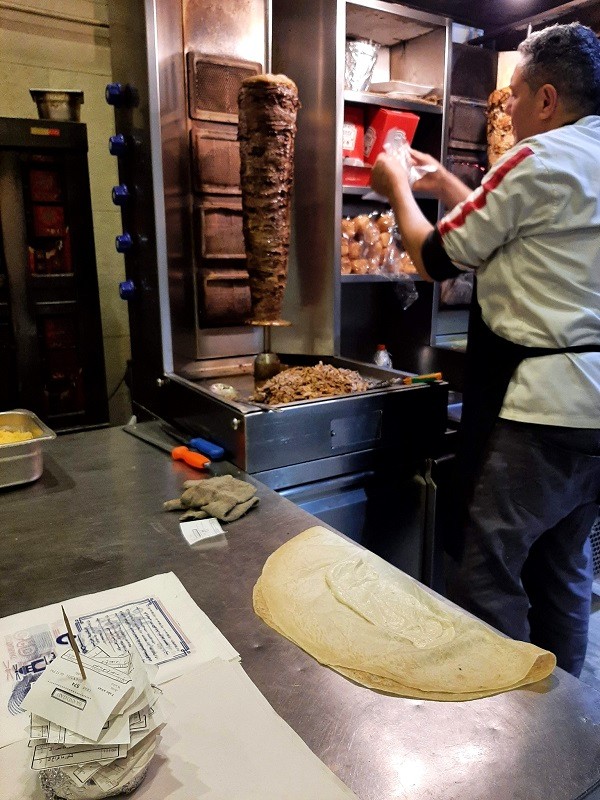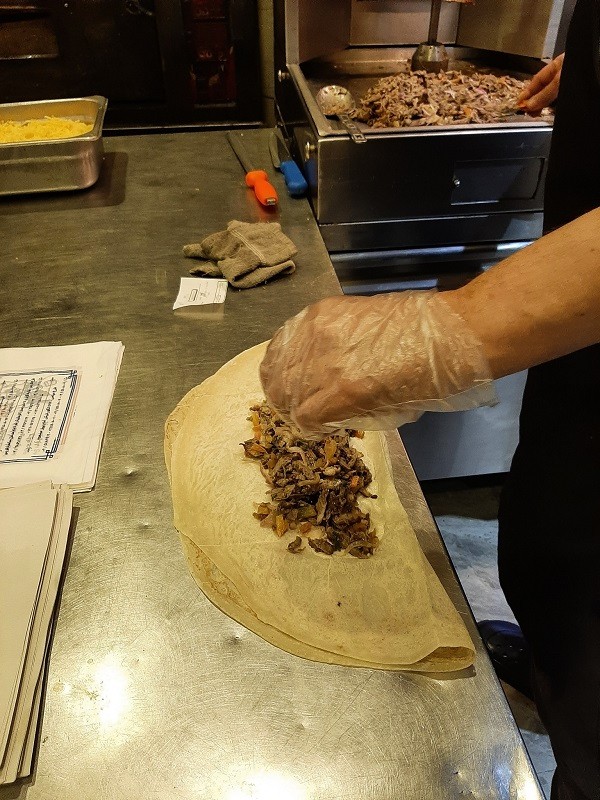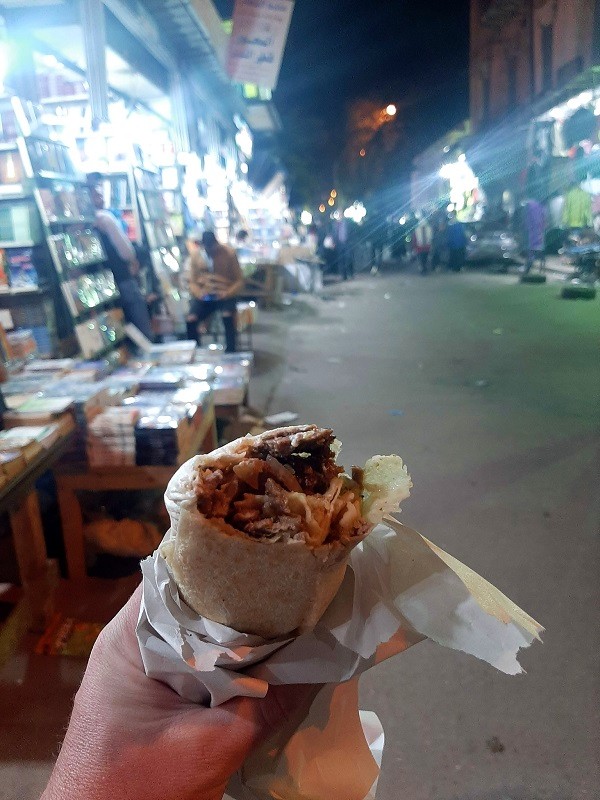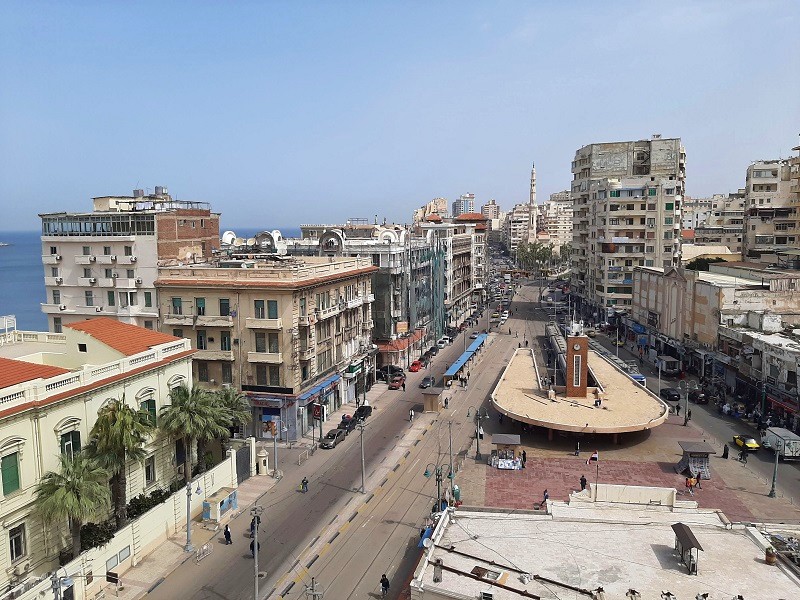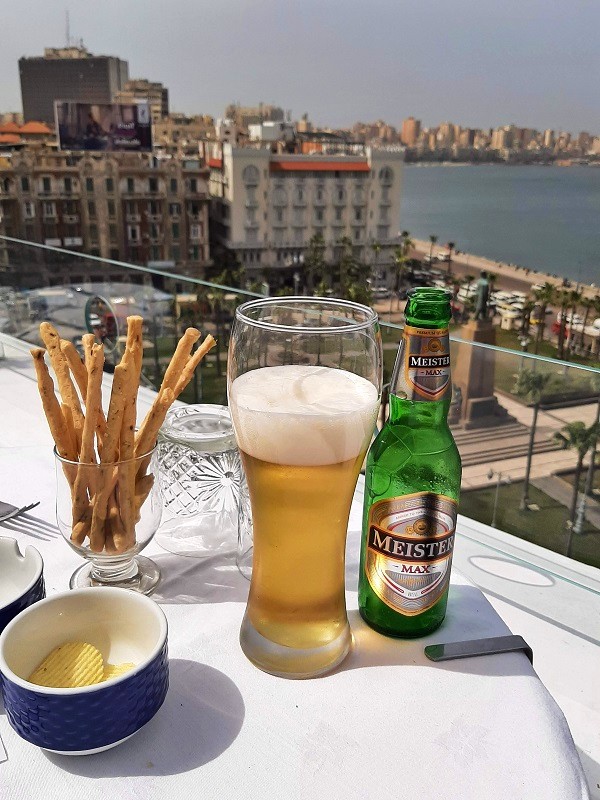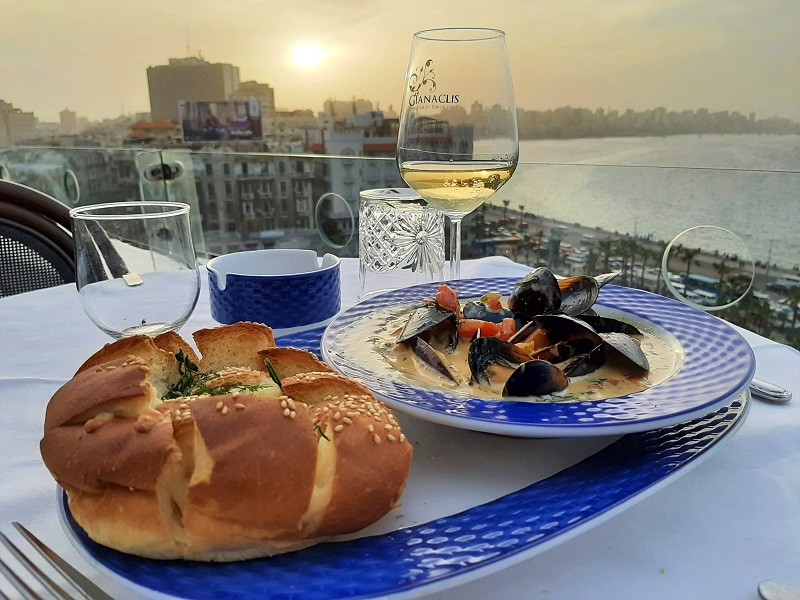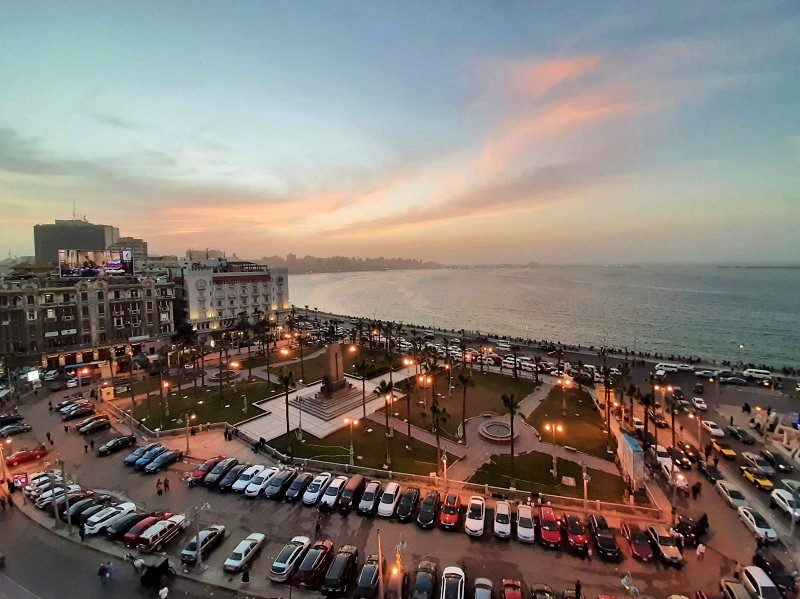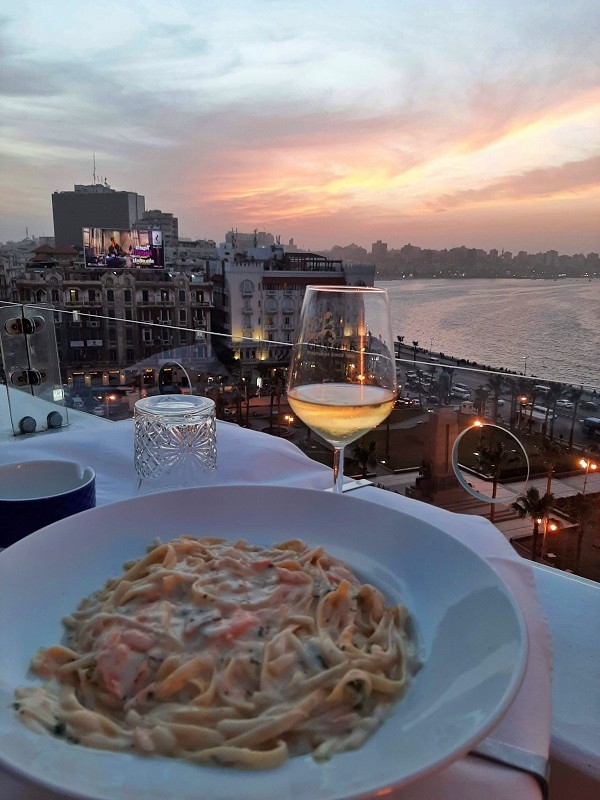Alexandria: A Visit to Egypt’s Historic Mediterranean Port City
This travel guide details my visit to Alexandria, Egypt’s historic port city on the southern coast of the Mediterranean Sea.
A visit to Alexandria
After all the intensive sightseeing along the most famous sights of Ancient Egypt, I could certainly do with a sea breeze.
I had arrived in the city by taking the Cairo-Alexandria train.

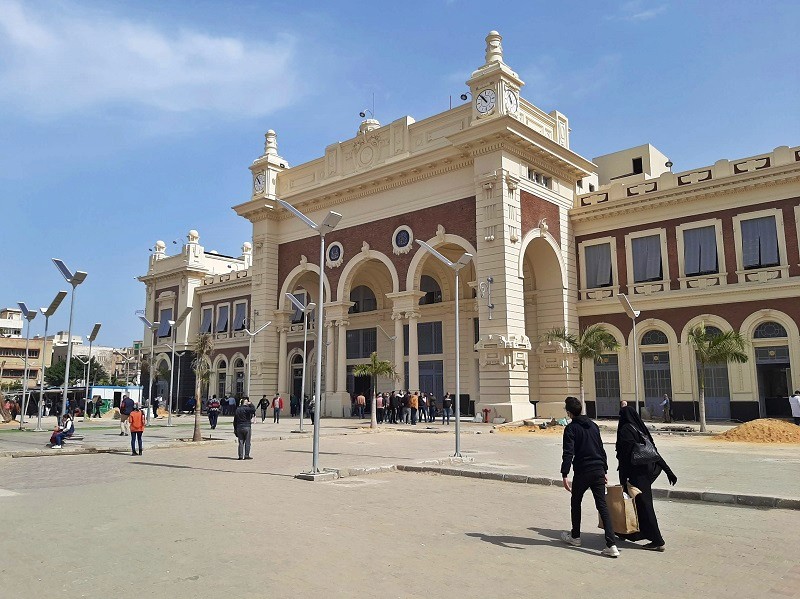
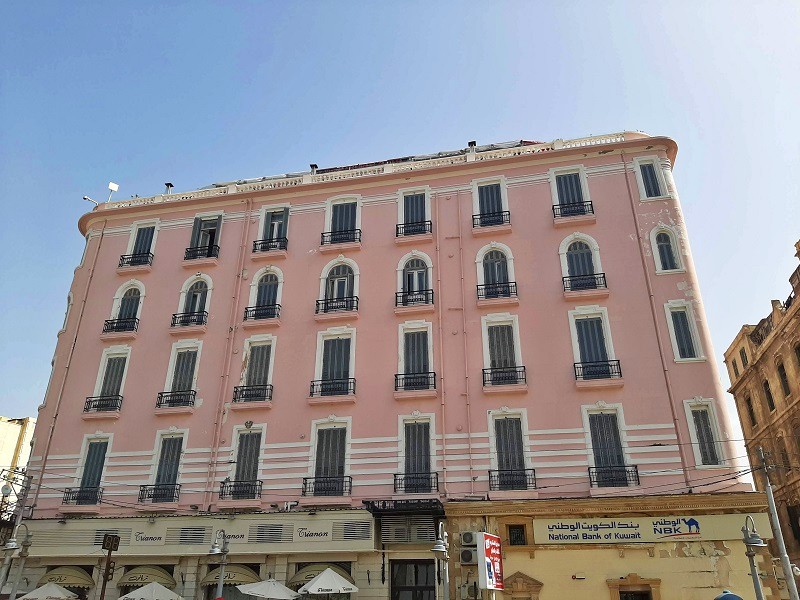
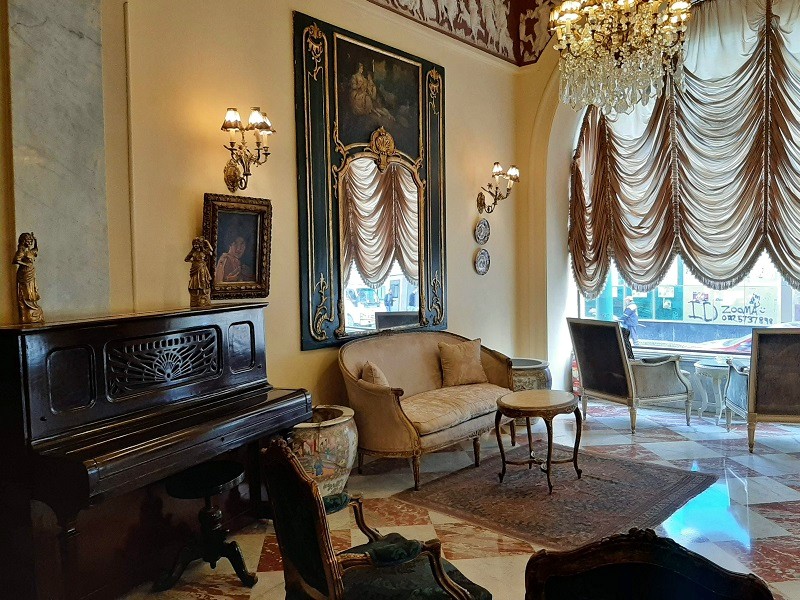
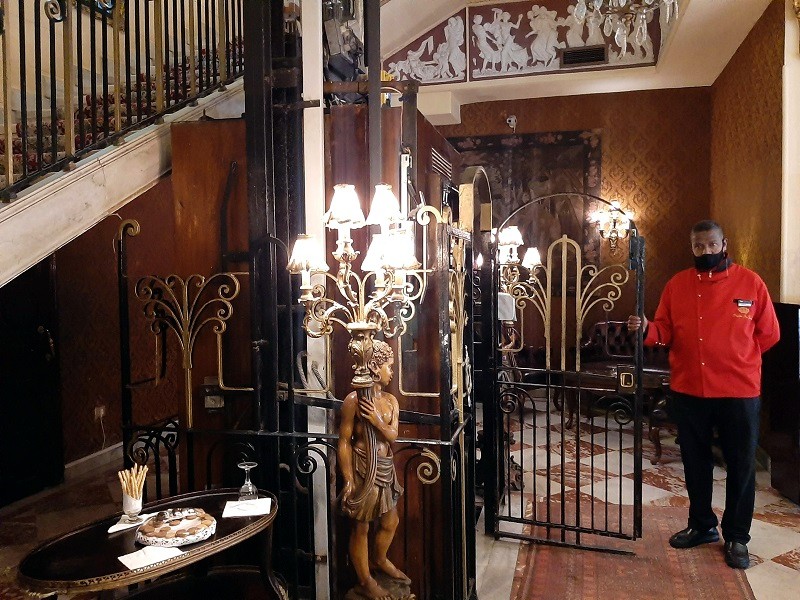
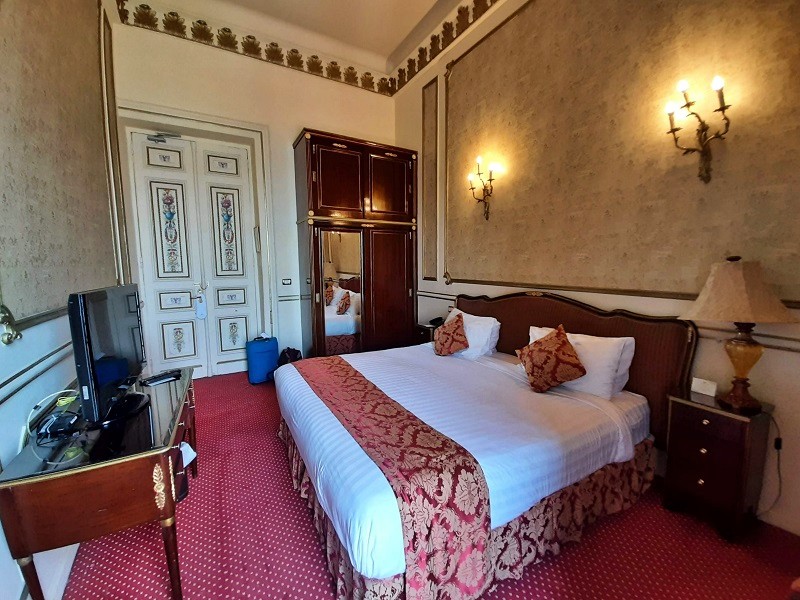
Alexandria corniche
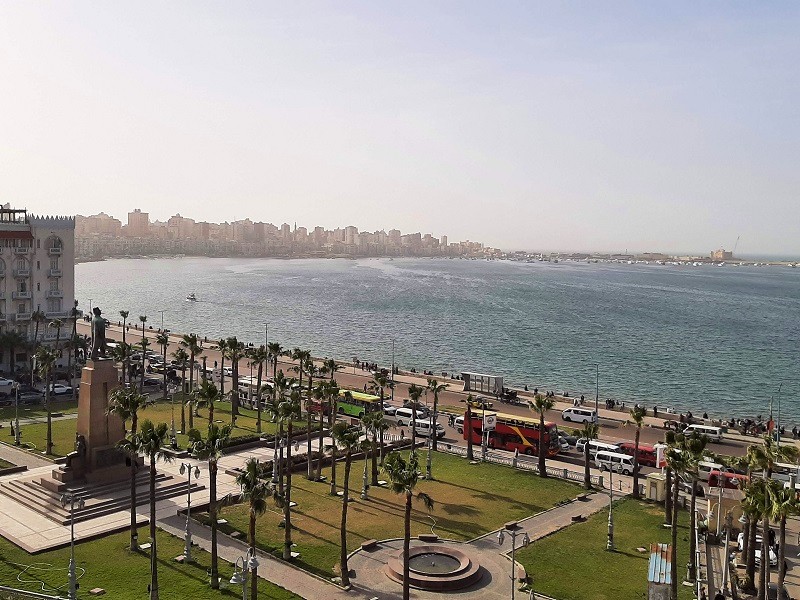
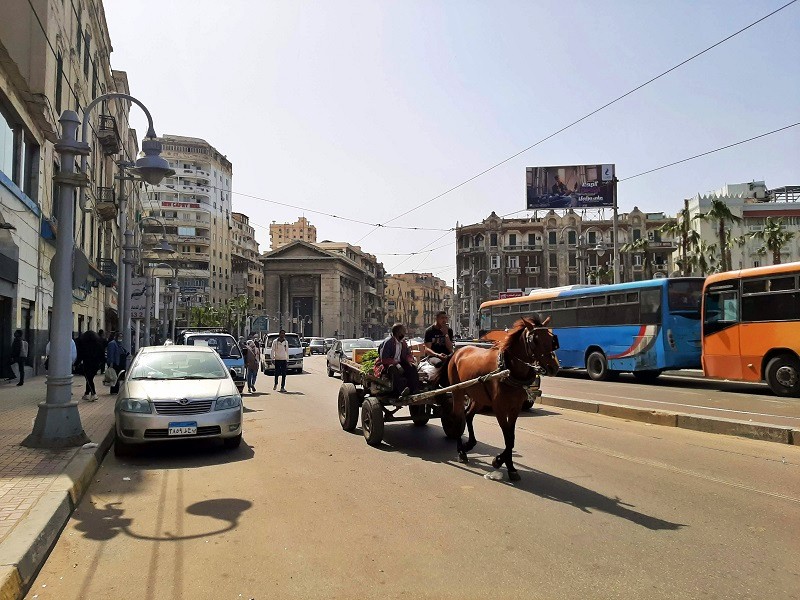
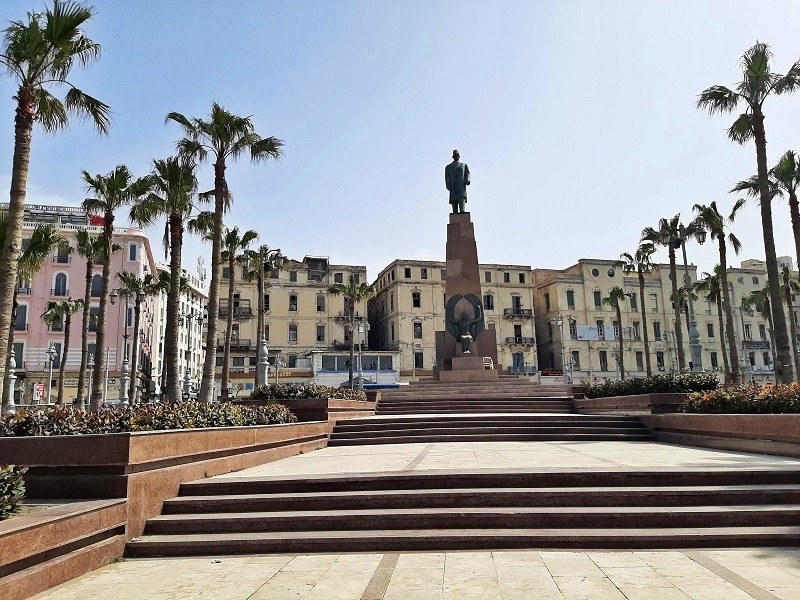
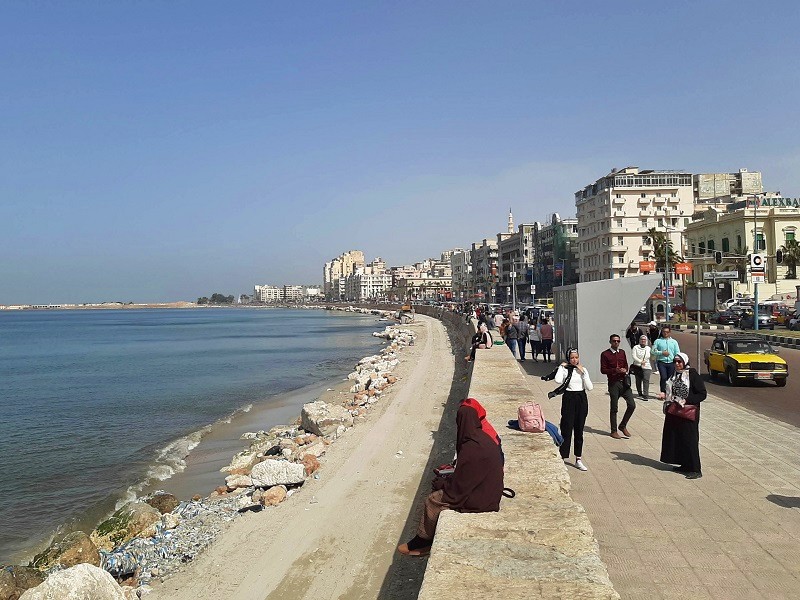
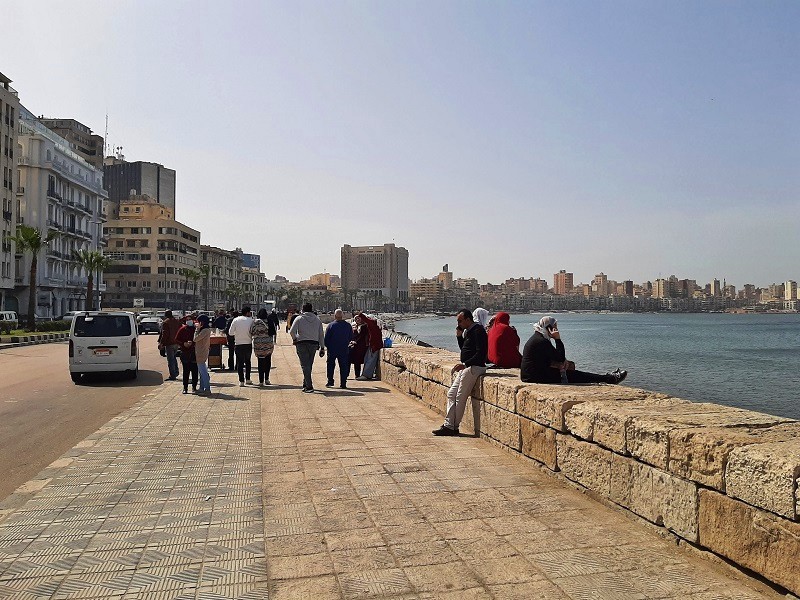
Alexandria history
At the corniche, I bought an ice cream, found a spot to sit, and took some time to contemplate what I should see and do during my stay in Alexandria.
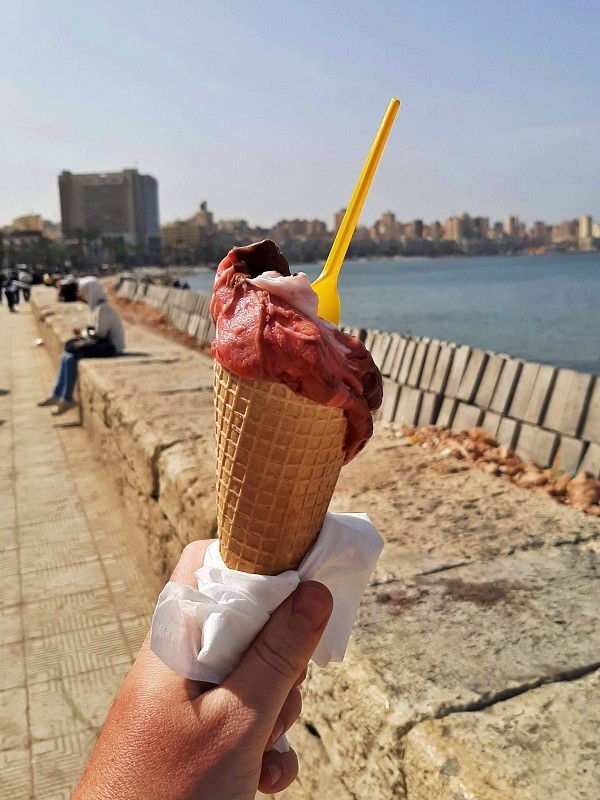
Lighthouse and library
Alexandria is perhaps best known for its old lighthouse (called the Pharos of Alexandria), which was one of the seven wonders of the ancient world.
Also the Great Library of Alexandria – which was the largest and most important library of the ancient world – is globally renowned.
Sadly, neither the Lighthouse of Alexandria, nor the Great Library of Alexandria, exist anymore.
The Lighthouse of Alexandria collapsed after it was weakened by multiple earthquakes, while the Great Library was destroyed in a fire.
Exploring Alexandria
Although there are some ancient sights to explore in Alexandria, I decided to skip them as I thought they would pale compared to the places I had already seen during my travels around Egypt.
The most interesting ancient sights of Alexandria – the Serapeum of Alexandria, Pompey’s Pillar, and the old catacombs – were too far out of the city centre for me to actually bother with, as I felt mentally exhausted after all the intensive sightseeing of the last few weeks.
Sights along the corniche
Along the Alexandria corniche you can find a couple of sights and landmarks that are worth a visit.
One of these sights is the Alexandria Naval Unknown Soldier Memorial.
The monument was originally built by the Italian community of Alexandria to honour Ismail the Magnificent, who reigned the country as the Khedive of Egypt between 1863 and 1879.
Together with his grandfather Muhammed Ali Pasha, Ismail the Magnificent is credited as the person who rapidly modernised Egypt.
Under President Nasser, the statue of Ismail the Magnificent was removed and the monument was repurposed to honour the Egyptian sailors and soldiers who lost their lives at sea, such as those of the ill-fated Ottoman-Egyptian expedition who were soundly defeated at the Battle of Navarino in 1827 during the Greek War of Independence.
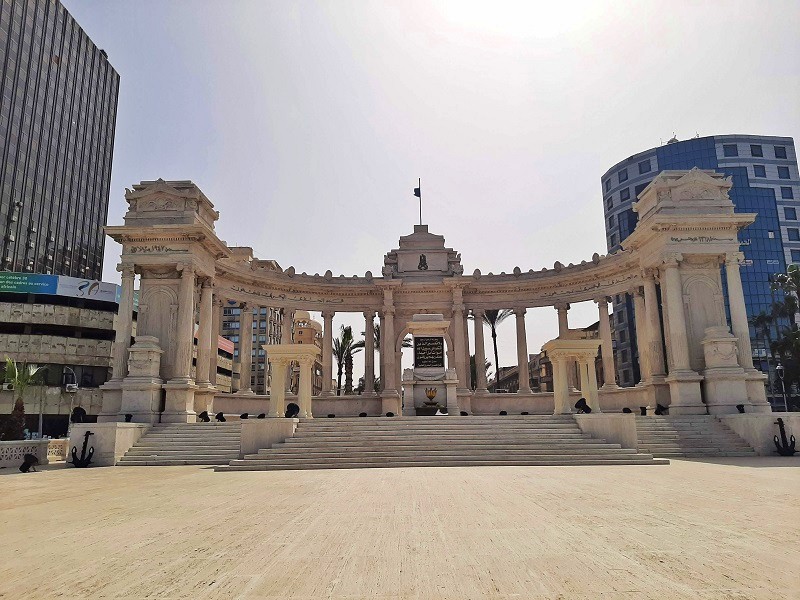
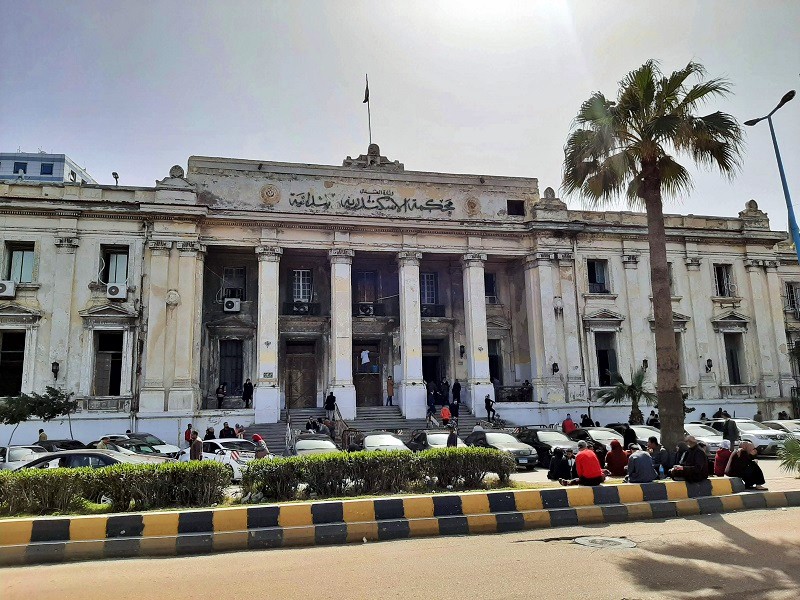
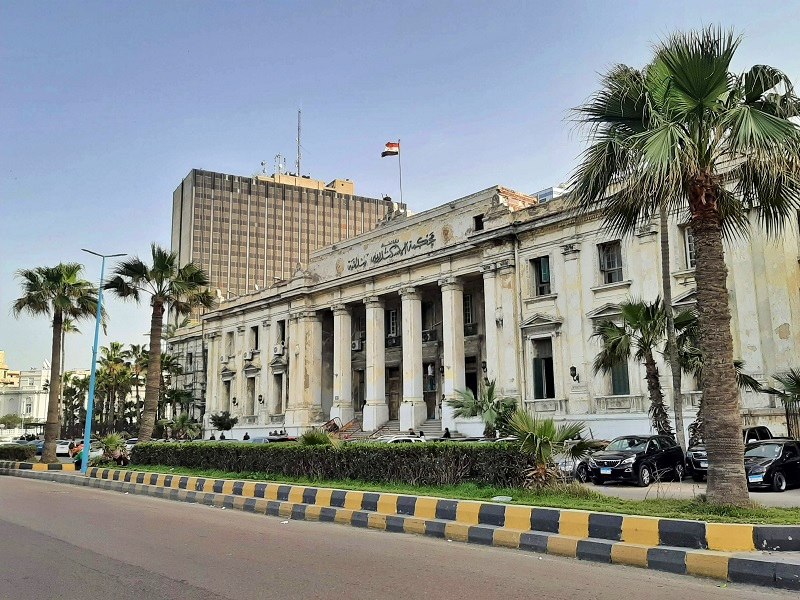
Beach

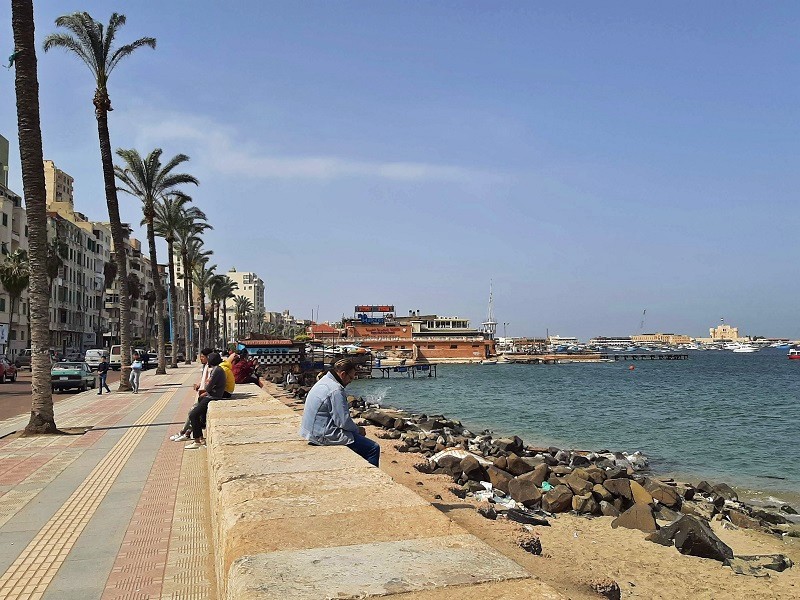
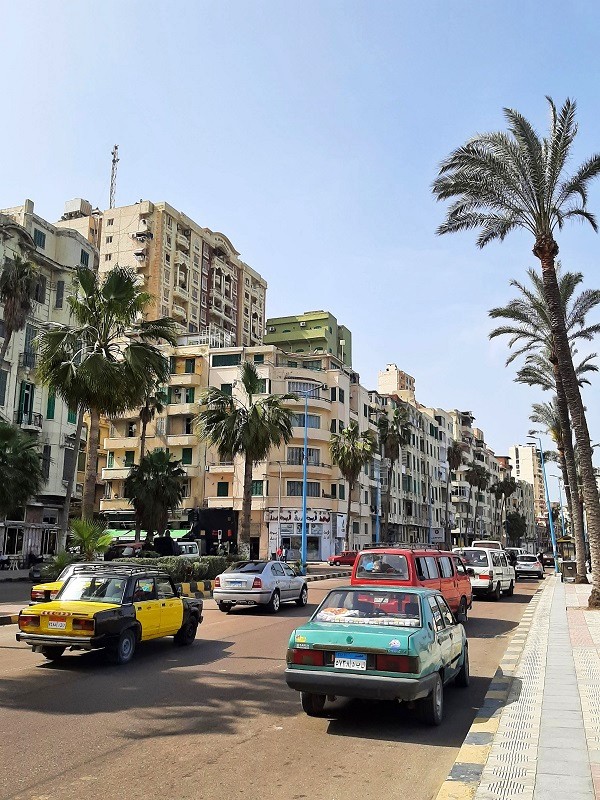
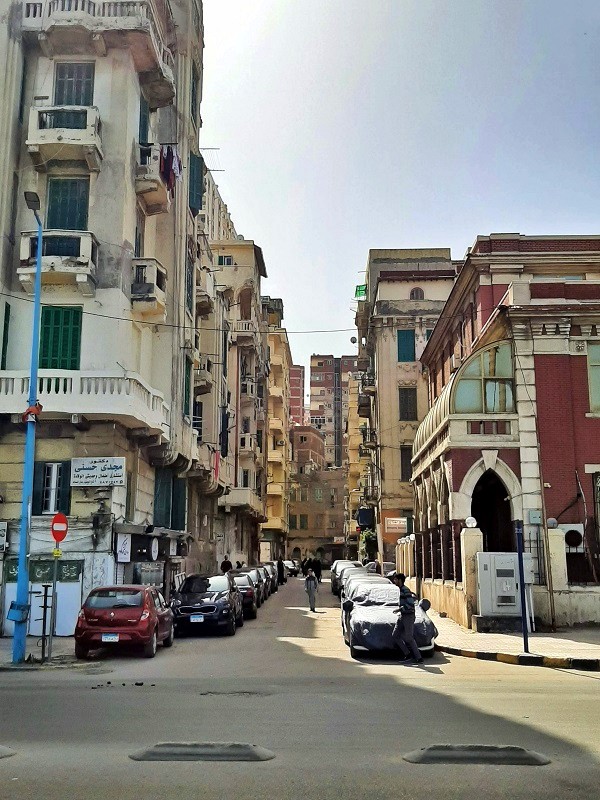
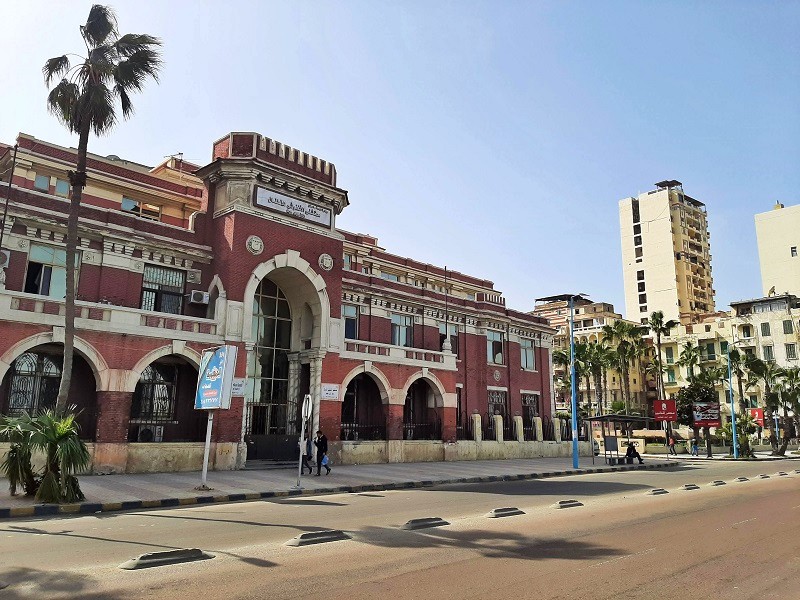
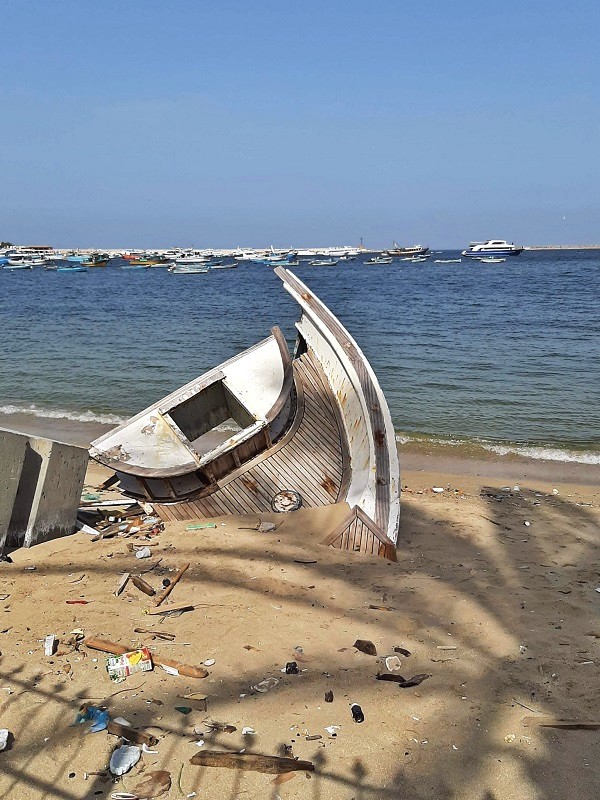
Abu al-Abbas al-Mursi Mosque
A stone’s throw inland from the corniche you can find the beautiful Abu al-Abbas al-Mursi Mosque, which was actually designed by a Catholic Italian architect named Mario Rossi.
The mosque is named after Abu al-Abbas al-Mursi, a 13th century Sufi mystic who is buried inside the complex.
Between 1929 and 1941, Rossi was the chief architect of Egypt’s Ministry of Awqaf, which oversees the Islamic endowments in the country.
In his position, Rossi designed a great number of mosques and other religious buildings in Egypt, primarily in Alexandria.
Besides the Abu al-Abbas al-Mursi Mosque, Rossi also designed the Al-Qaed Ibrahim Mosque, another Alexandria landmark.

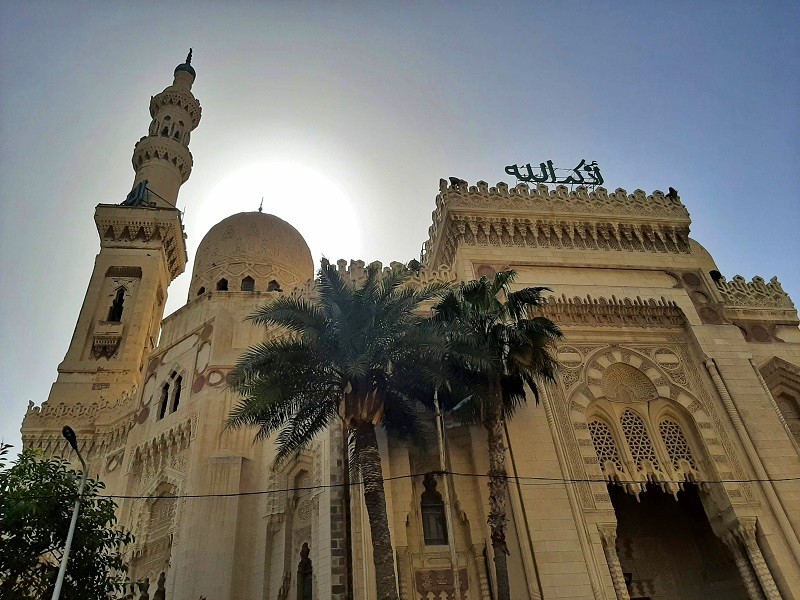
Urban charm
The area around the Abu al-Abbas al-Mursi Mosque is a fantastic place to soak up some of the urban charm of Alexandria.

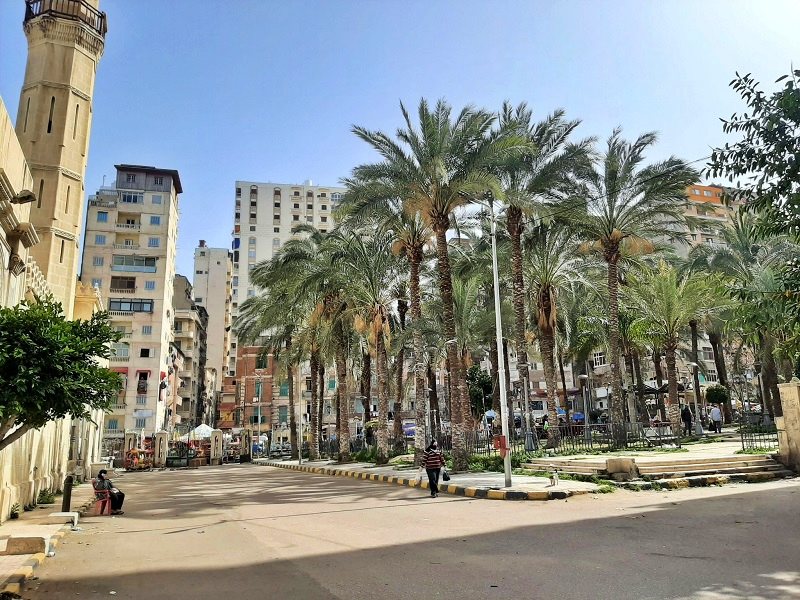
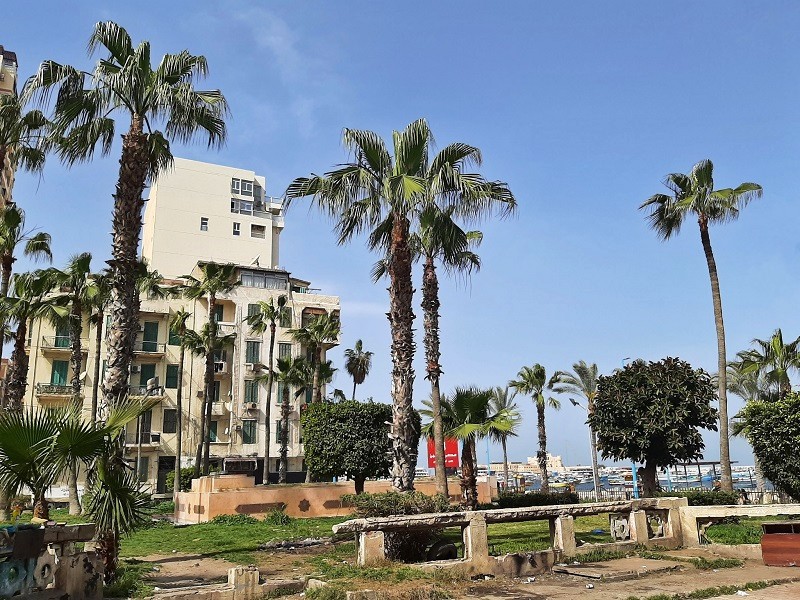
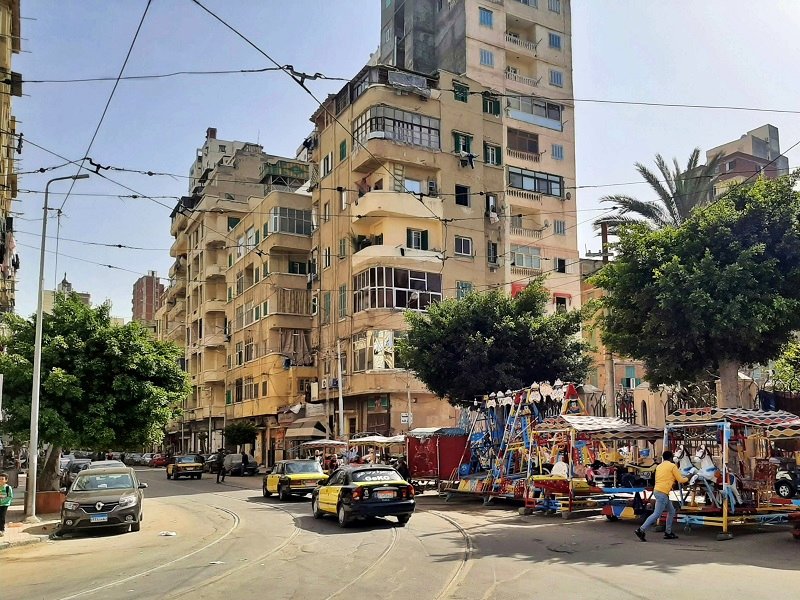
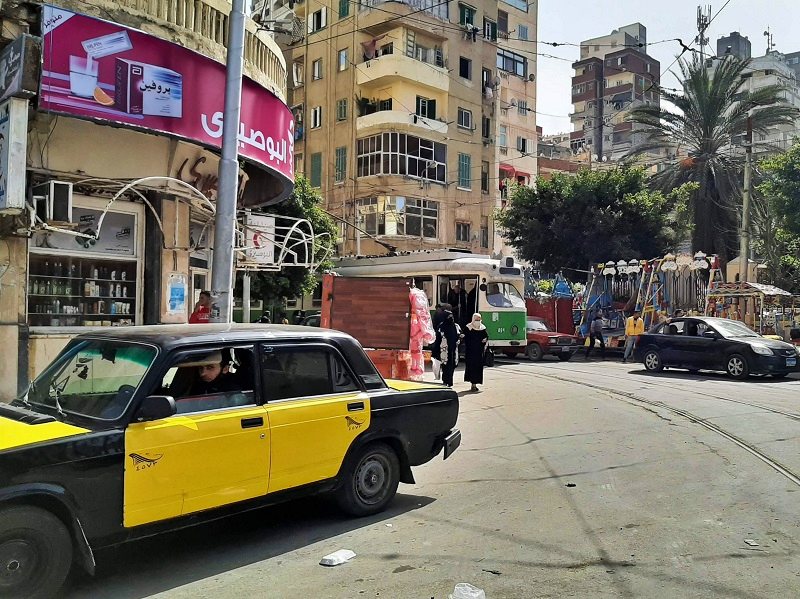
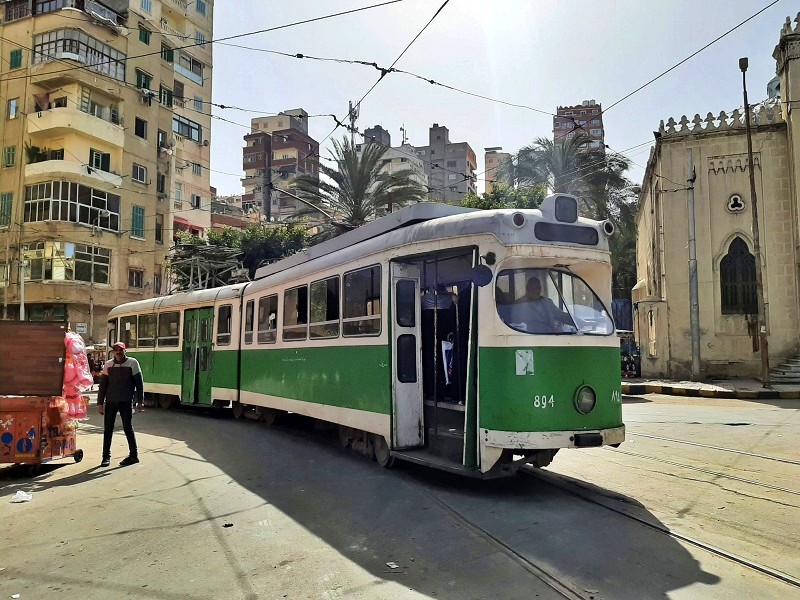
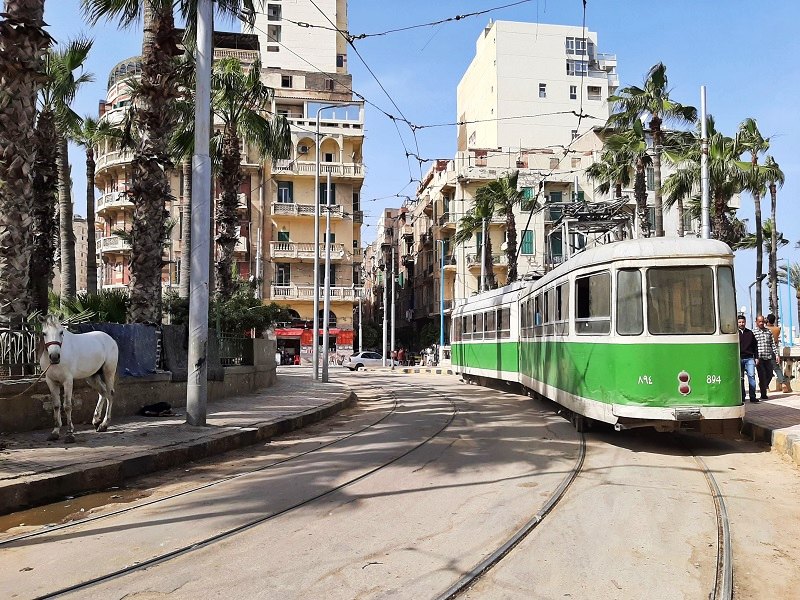
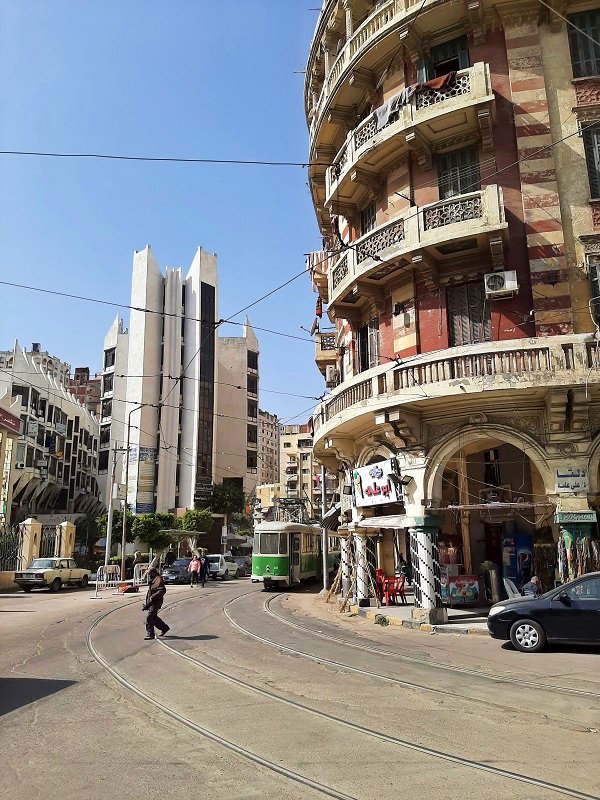
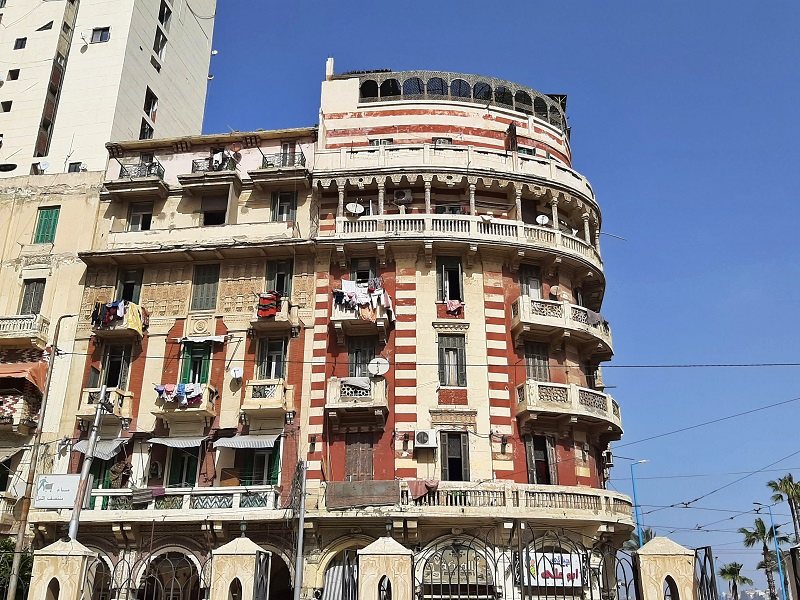
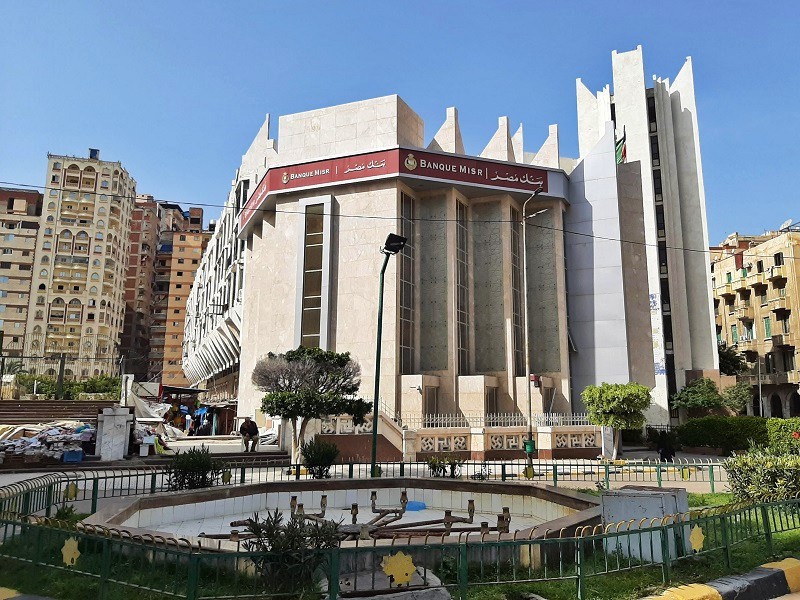
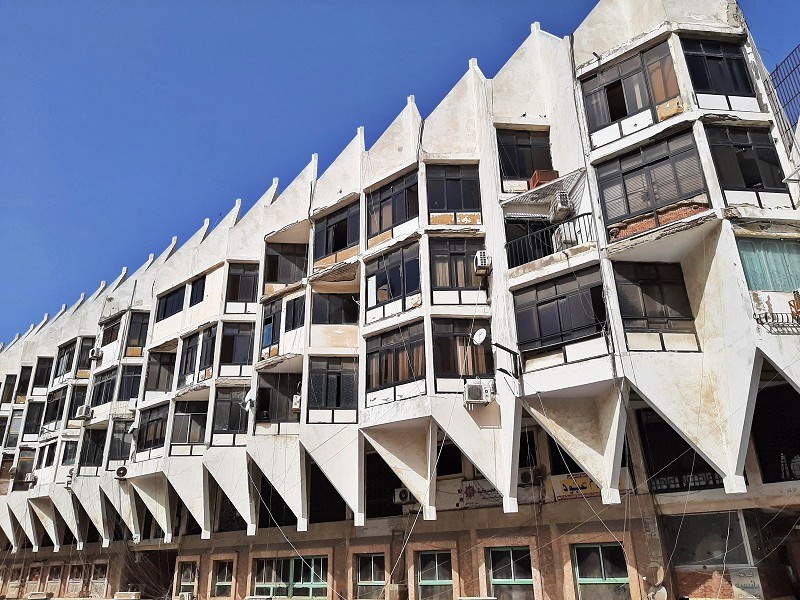
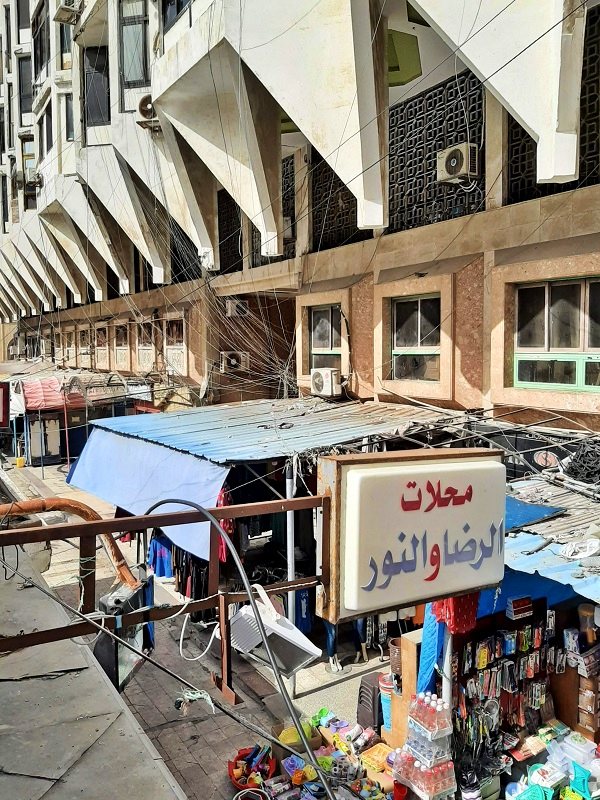
Towards Qaitbay Citadel

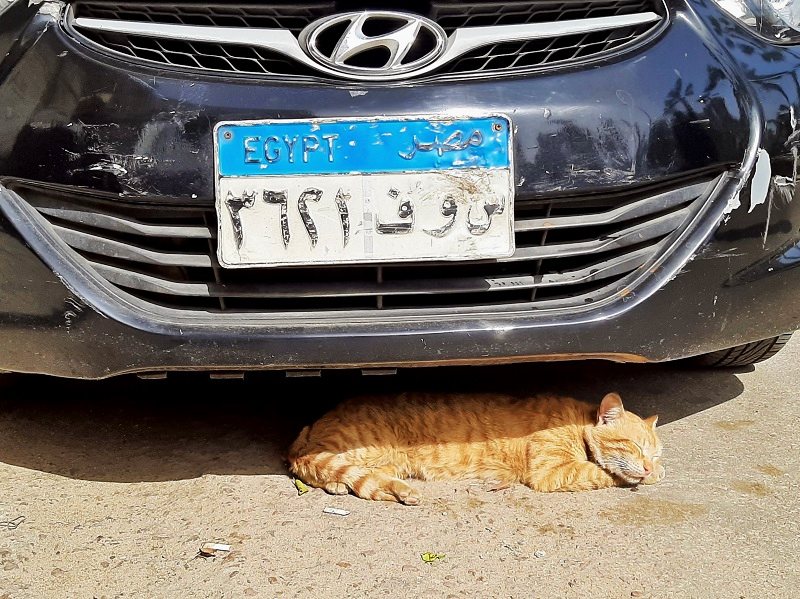
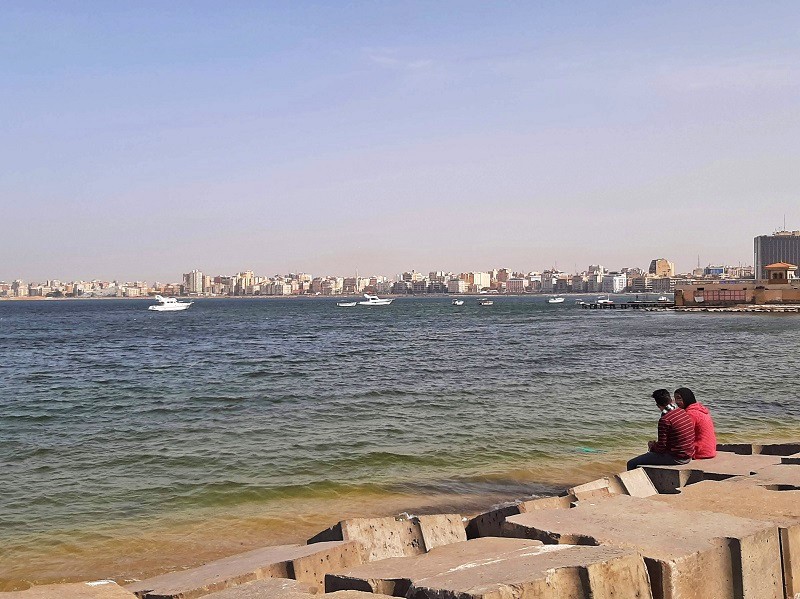
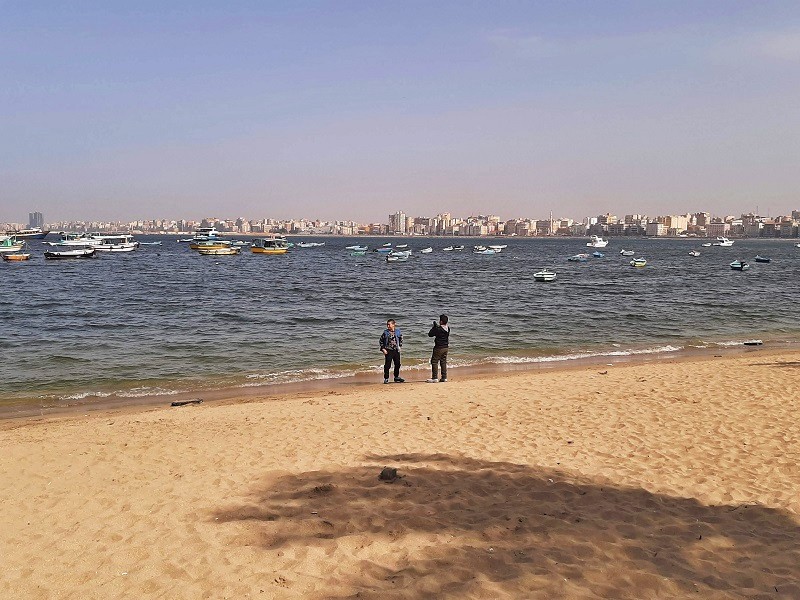

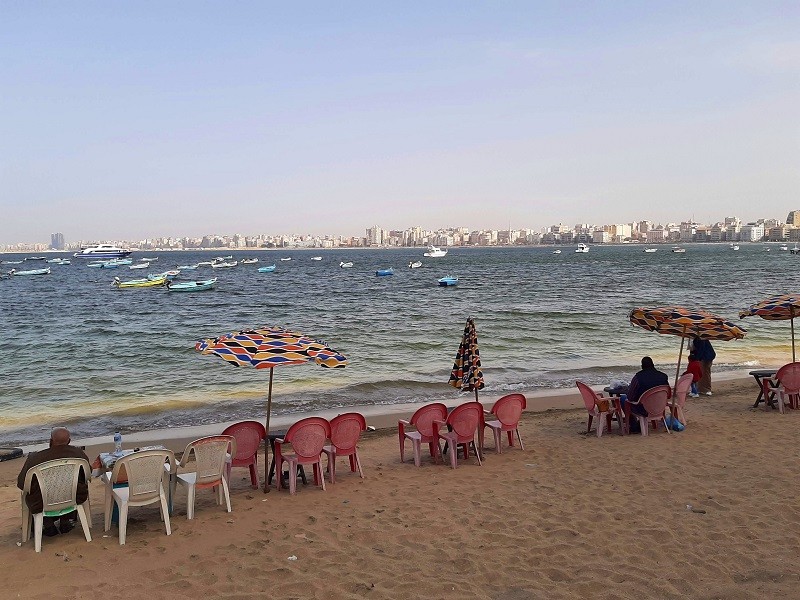
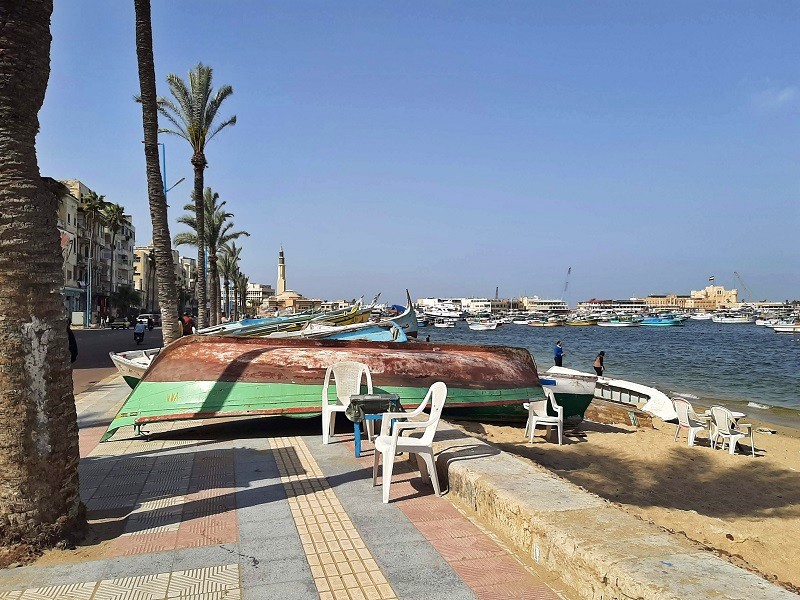
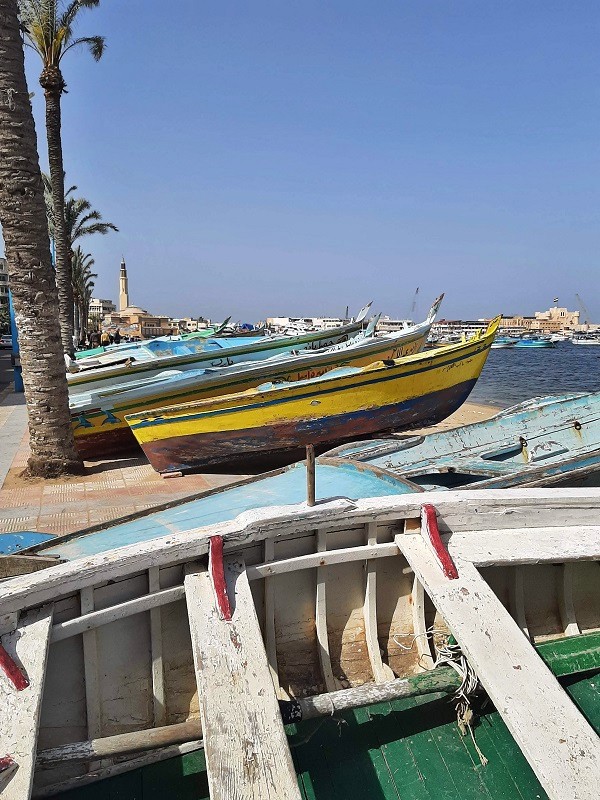
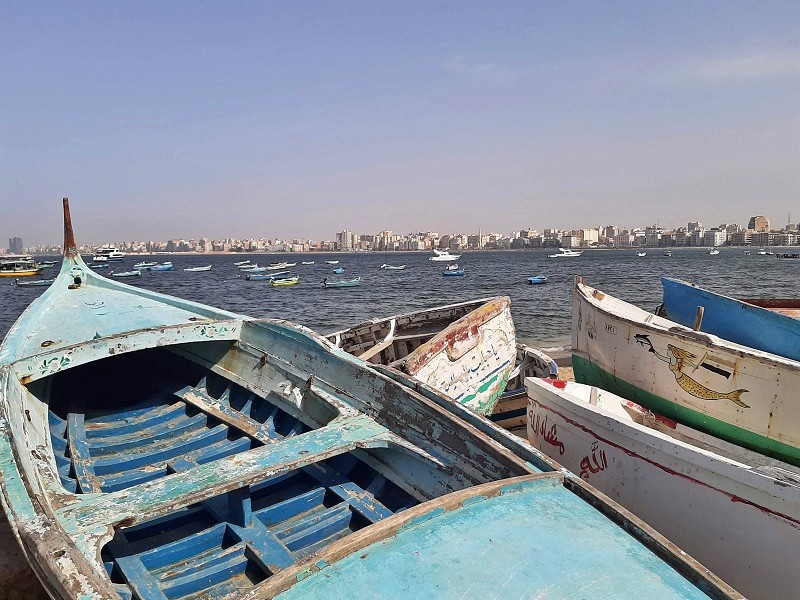
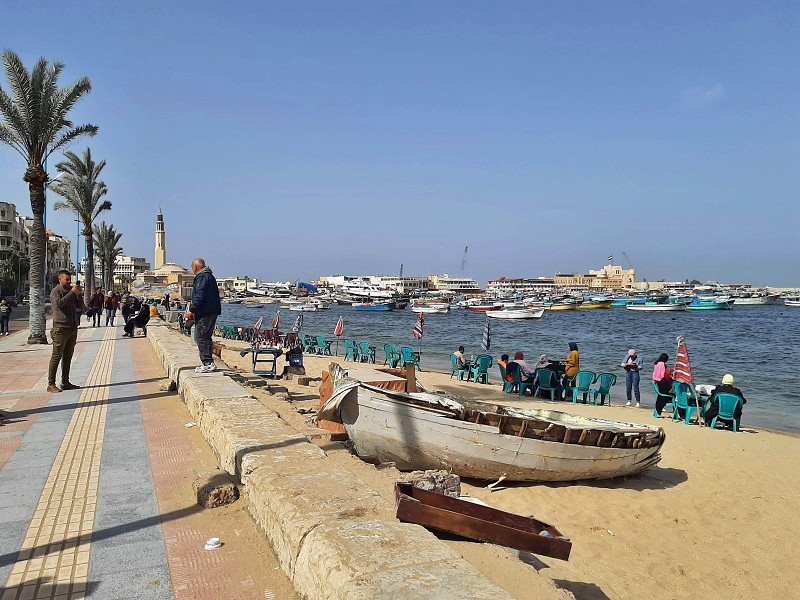

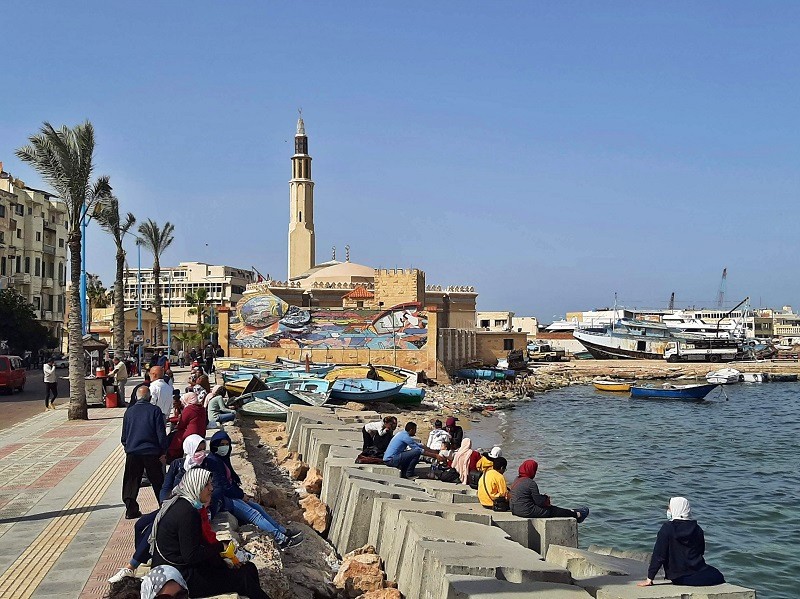
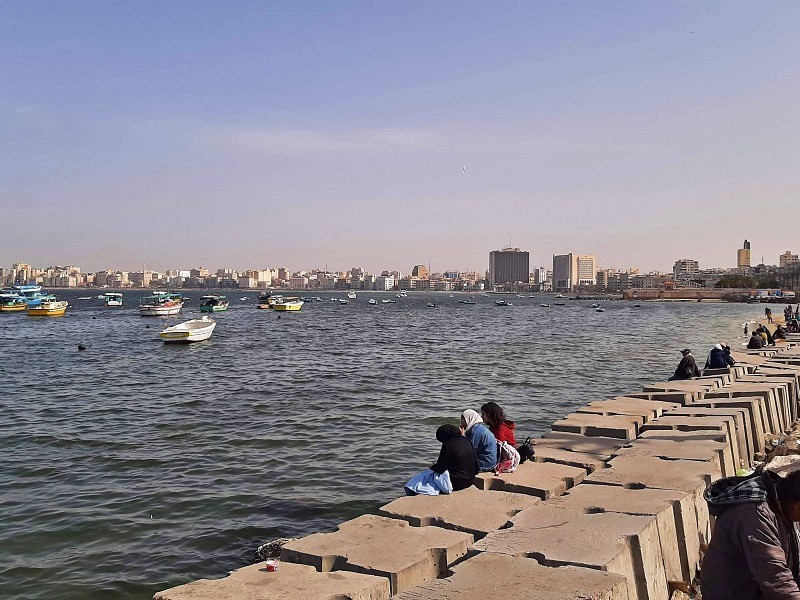
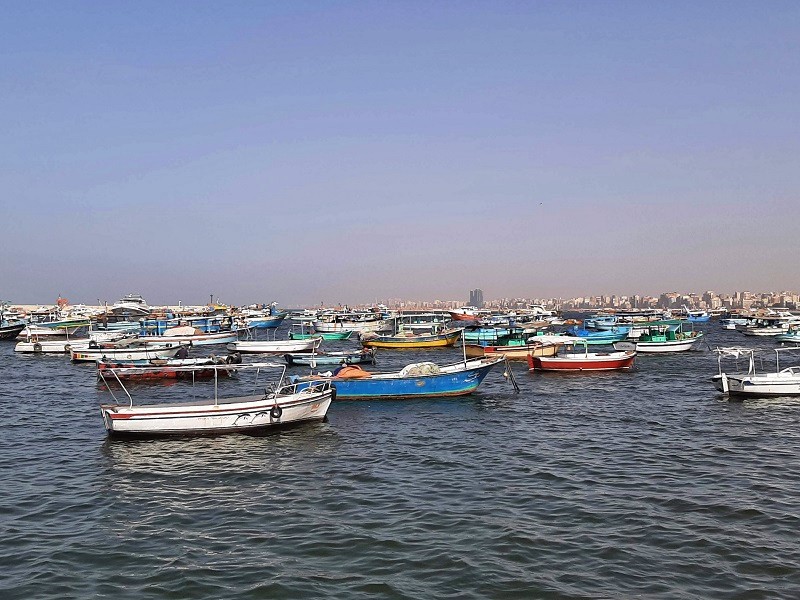
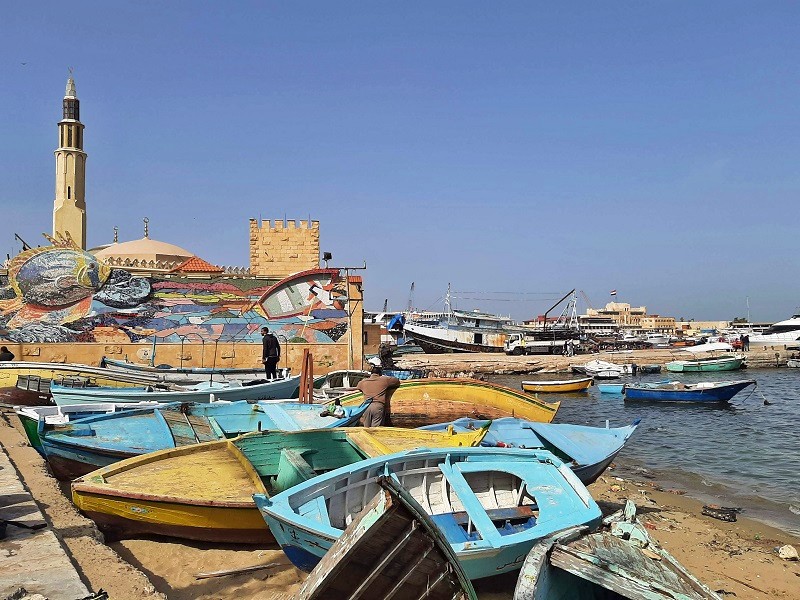
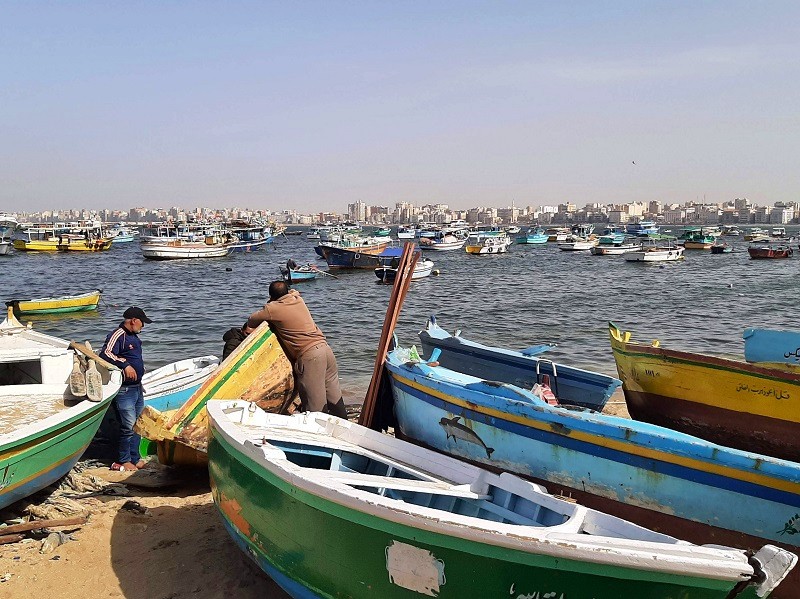
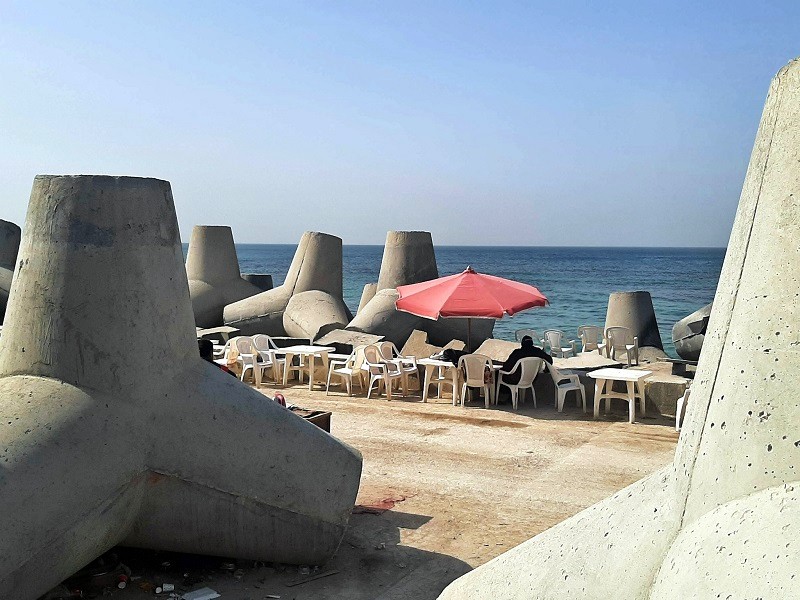
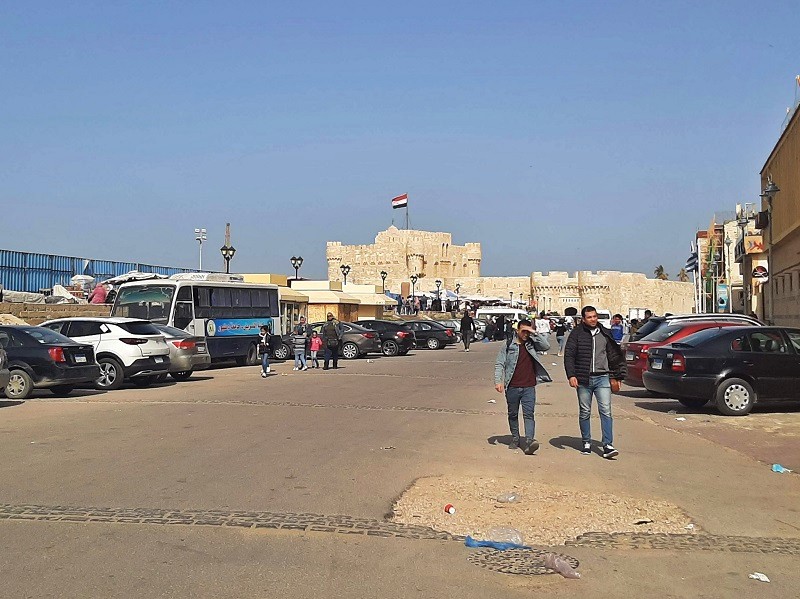
Qaitbay Citadel
The Citadel of Qaitbay, constructed in the 15th century during the reign of Mamluk Sultan Qaitbay, is one of the most interesting sights to visit in Alexandria.
Before you can enter Qaitbay Citadel, you have to buy an entrance ticket, which costs 150 EGP (€3).
Guarding one of city’s natural harbours, Qaitbay Citadel was built on the foundations of the Lighthouse of Alexandria.
With its double layer of fortifications and massive stone walls, the Citadel of Qaitbay was a formidable stronghold.
Trip report index
This article is part of the ‘Walk Like an Egyptian: A Grand Tour of Egypt‘ trip report, which consists of the following chapters:
1. Red-Eye Ramblings of a Late Night Flight to Cairo
2. A Visit to the Pyramids of Giza by Camel
3. Review: Sofitel Nile El Gezirah, Zamalek, Cairo
4. Exploring the Medieval Old Town and Islamic History of Cairo
5. Visiting the Museum of Egyptian Antiquities in Cairo
6. Mar Girgis: The Churches of Christian Old Cairo
7. Review: Ernst Watania Sleeping Train Cairo to Aswan
8. The Ancient Quarry of Aswan and the Unfinished Obelisk
9. A Boat Ride From Aswan to the Temple of Isis at Philae
10. A Visit to the Aswan High Dam and Lake Nasser
11. A Visit to the Nubian Village on Aswan’s Elephantine Island
12. Aswan Guide: A Visit to Egypt’s Most Stunningly Located City
13. A Half Day Trip From Aswan to Amazing Abu Simbel
14. Nile River Cruise Guide: All Info for Your Egypt Boat Trip
15. Review: M/S Princess Sarah Nile River Cruise Ship
16. Nile Cruise: Sailing From Aswan to Kom Ombo
17. A Visit to the Ancient Crocodile Temple of Kom Ombo
18. A Visit to the Temple of Horus at Edfu
19. Nile Cruise: Sailing From Edfu to Luxor
20. Luxor, Egypt: Visiting the Sights of Ancient Thebes
21. A Visit to Luxor’s Giant Temple Complex of Karnak
22. Visitor Guide to Wonderful Luxor Temple
23. Valley of the Kings: A Visit to Luxor’s Ancient Necropolis
24. The Temple of Hatshepsut: A Visit to a Unique Mortuary Temple
25. Review: Sofitel Winter Palace Hotel, Luxor, Egypt
26. Review: Daytime Train Luxor to Cairo, Egypt
27. Review: Steigenberger Hotel El Tahrir, Cairo
28. A Visit to the Pyramid of Djoser and the Saqqara Necropolis
29. A Visit to the Dahshur Pyramid Complex
30. Memphis: Exploring the Old Capital of Ancient Egypt
31. From Cairo to Alexandria by Train: My Travel Experience
32. Review: Paradise Inn Le Metropole Hotel, Alexandria, Egypt
33. Alexandria: A Visit to Egypt’s Historic Mediterranean Port City (current chapter)
34. Egypt: Impressions and Reflections After My Two Week Trip
35. Epilogue: Safety and How to Deal With Street Hassle in Egypt

